2024 Ginza Holiday Dates
GINZA HOLIDAY 2024 will take place on July 26, 27, & 28.
Yes, that’s right! For the first time, Ginza will take place in July. So mark your calendars and tell your friends and families! Help us spread the word to all of our members, guests, and volunteer workers about this year’s new dates! As we finalize details, we will update our Ginza website. We hope to see you at GINZA in JULY!

date posted:

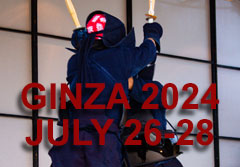
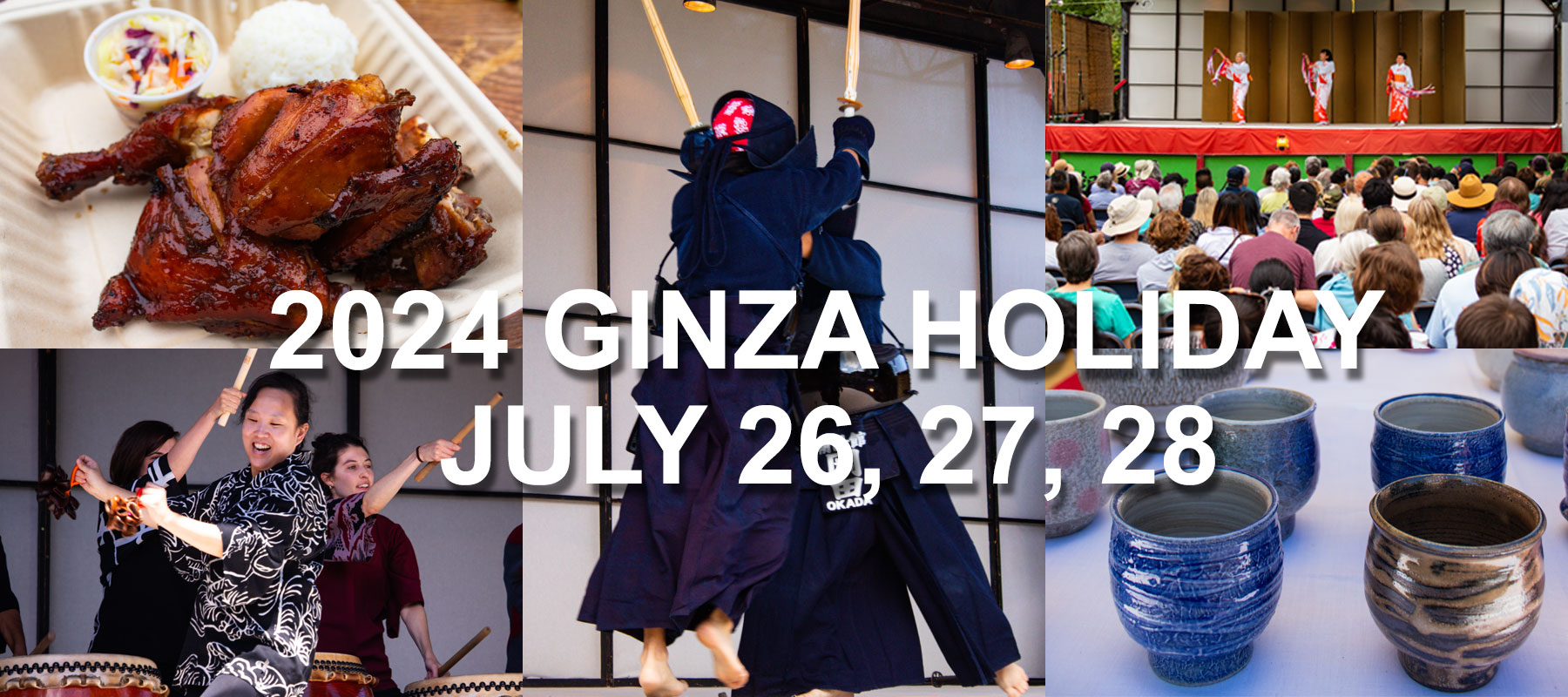
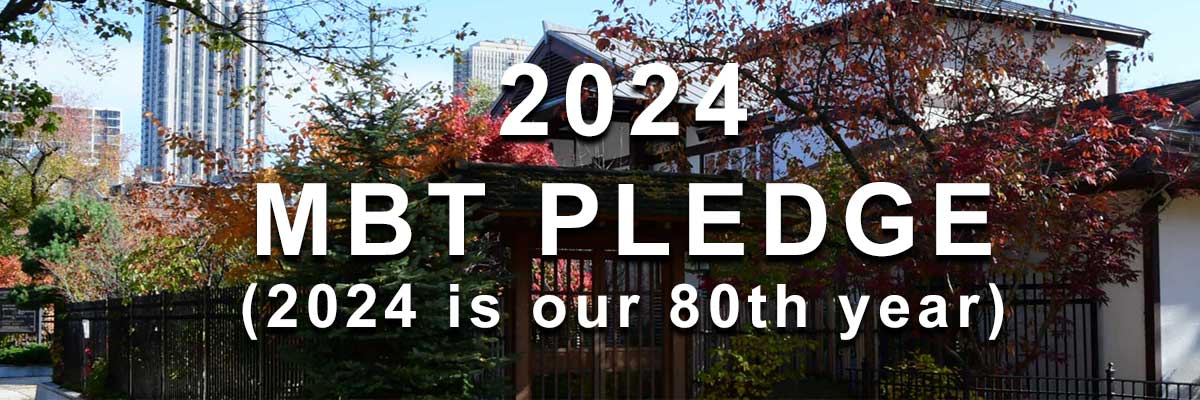

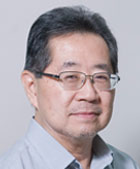
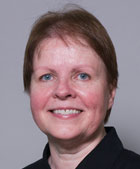

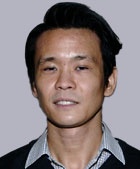
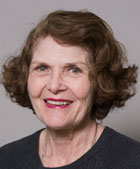
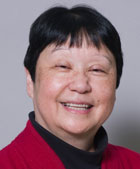
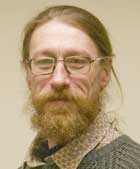
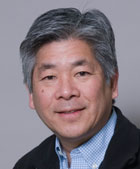
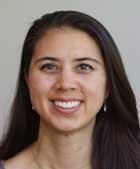
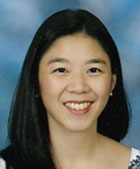
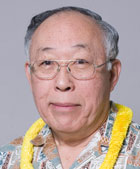


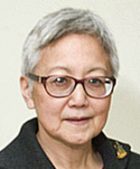
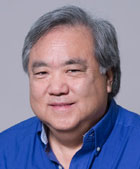
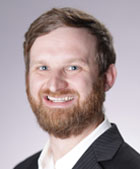
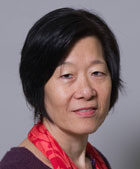
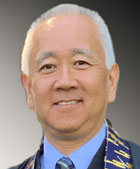
 On November 2, 2023 Rev. Ron Miyamura retired after a 50 year ministerial career. MBT is grateful to have had Rev. Ron’s leadership for these many years and we will always honor him for his major role in the history of our temple.
On November 2, 2023 Rev. Ron Miyamura retired after a 50 year ministerial career. MBT is grateful to have had Rev. Ron’s leadership for these many years and we will always honor him for his major role in the history of our temple.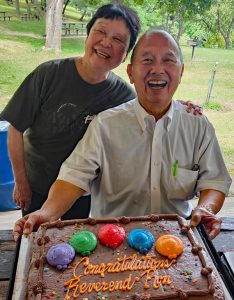 In all of the Sanghas he has been a part of, Rev. Ron has loyally dedicated himself to being there for his Sangha members. He has been there for the joys of marriage and other milestone celebrations. He has been by his Sangha’s side for the challenges of illnesses and the loss of loved ones.
In all of the Sanghas he has been a part of, Rev. Ron has loyally dedicated himself to being there for his Sangha members. He has been there for the joys of marriage and other milestone celebrations. He has been by his Sangha’s side for the challenges of illnesses and the loss of loved ones.

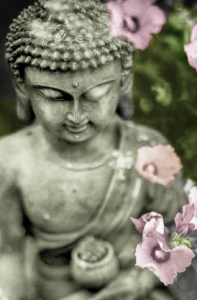 Everyday Buddhist (
Everyday Buddhist (

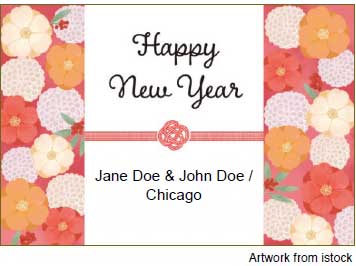
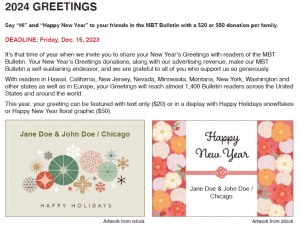
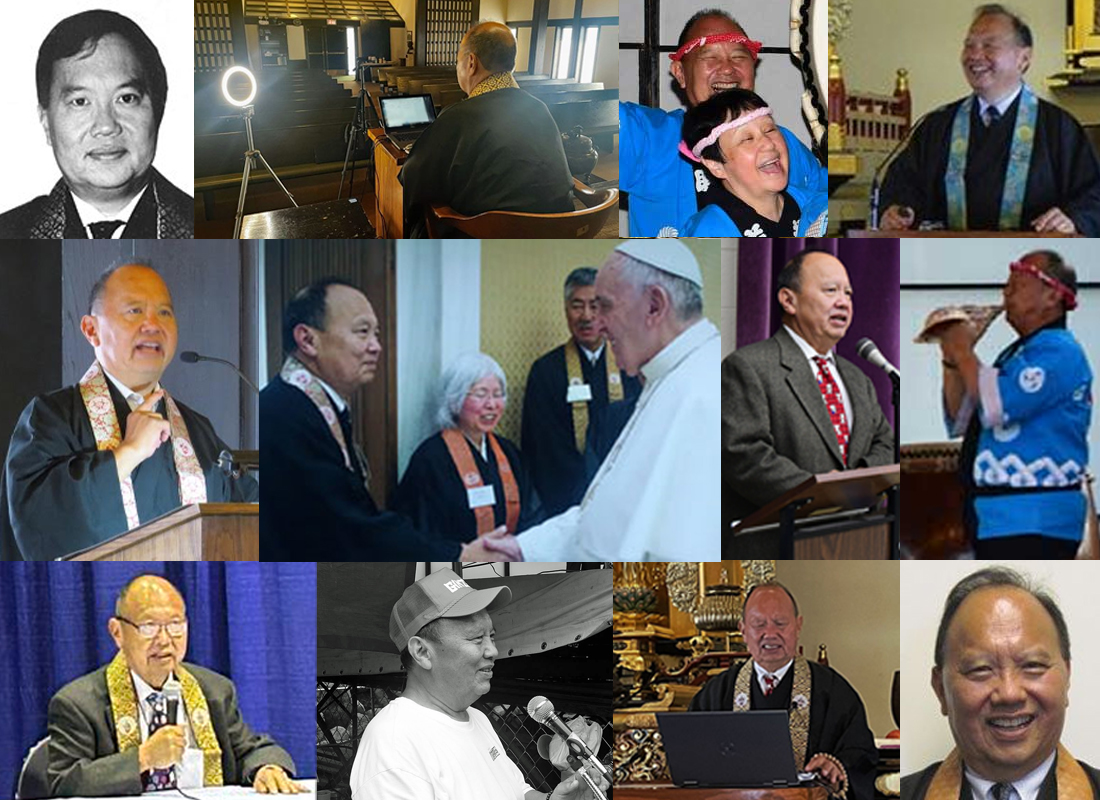
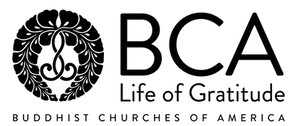
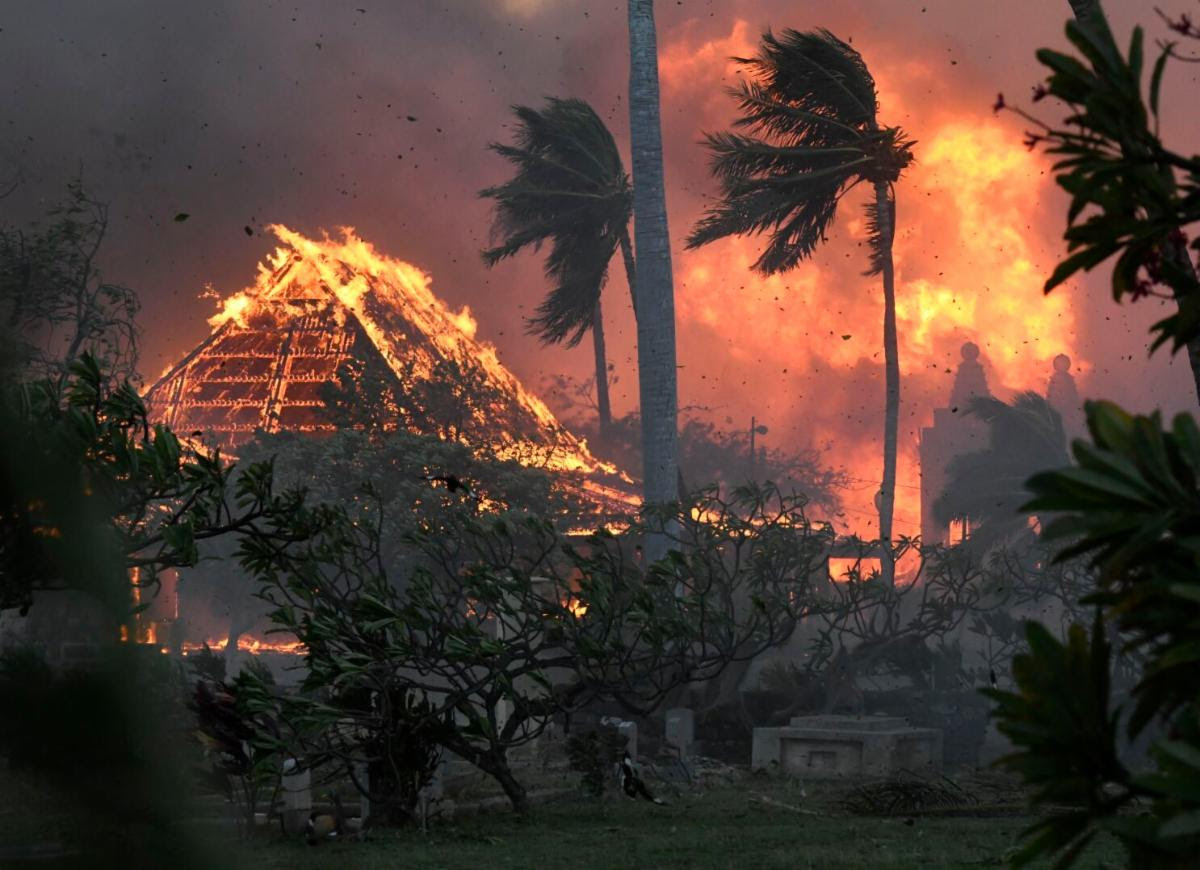
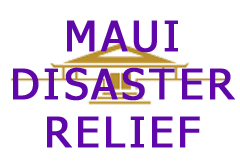


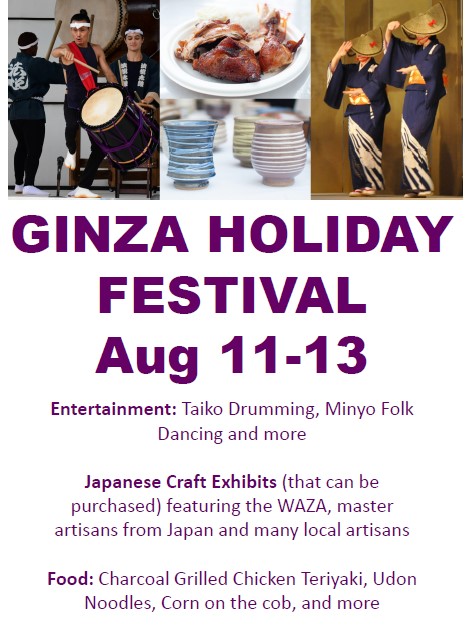

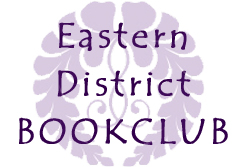
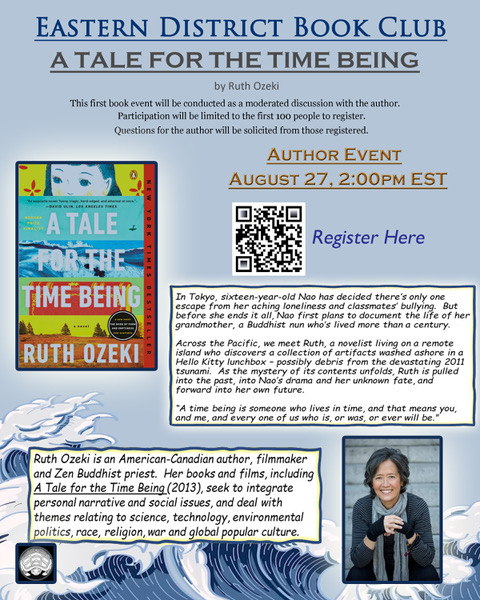


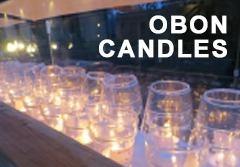 In the MBT tradition, we will have memorial candles available for a small donation. For $10 per name you can have your loved one’s name placed on a candle. These candles will be placed on the balcony ledge for the Bon Odori dance and in the Hondo for the Obon/Hatsubon service. The light of the candles remind us of the light that shines from the boundless lives of those we love. It is a reminder of what we have received and how their life continues to take effect upon us.
In the MBT tradition, we will have memorial candles available for a small donation. For $10 per name you can have your loved one’s name placed on a candle. These candles will be placed on the balcony ledge for the Bon Odori dance and in the Hondo for the Obon/Hatsubon service. The light of the candles remind us of the light that shines from the boundless lives of those we love. It is a reminder of what we have received and how their life continues to take effect upon us.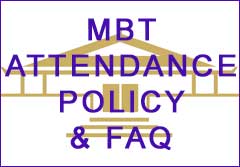
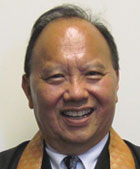 Rev. Ron Miyamura continues his popular Shin Buddhism Study Series in a “virtual” format. Classes will be held via ZOOM on successive Wednesdays Evenings – May 3, 10, 17, 24, 31, and June 7, 14, 21 at 7:00 pm.
Rev. Ron Miyamura continues his popular Shin Buddhism Study Series in a “virtual” format. Classes will be held via ZOOM on successive Wednesdays Evenings – May 3, 10, 17, 24, 31, and June 7, 14, 21 at 7:00 pm.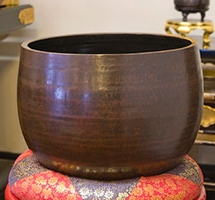
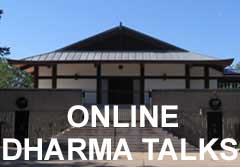


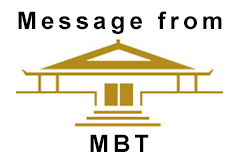

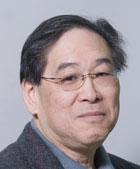
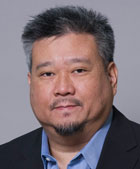
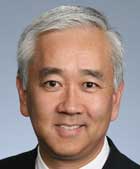

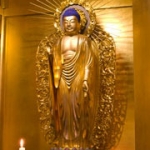
 – Gassho: is an expression of reverence and gratitude.
– Gassho: is an expression of reverence and gratitude.
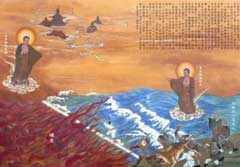



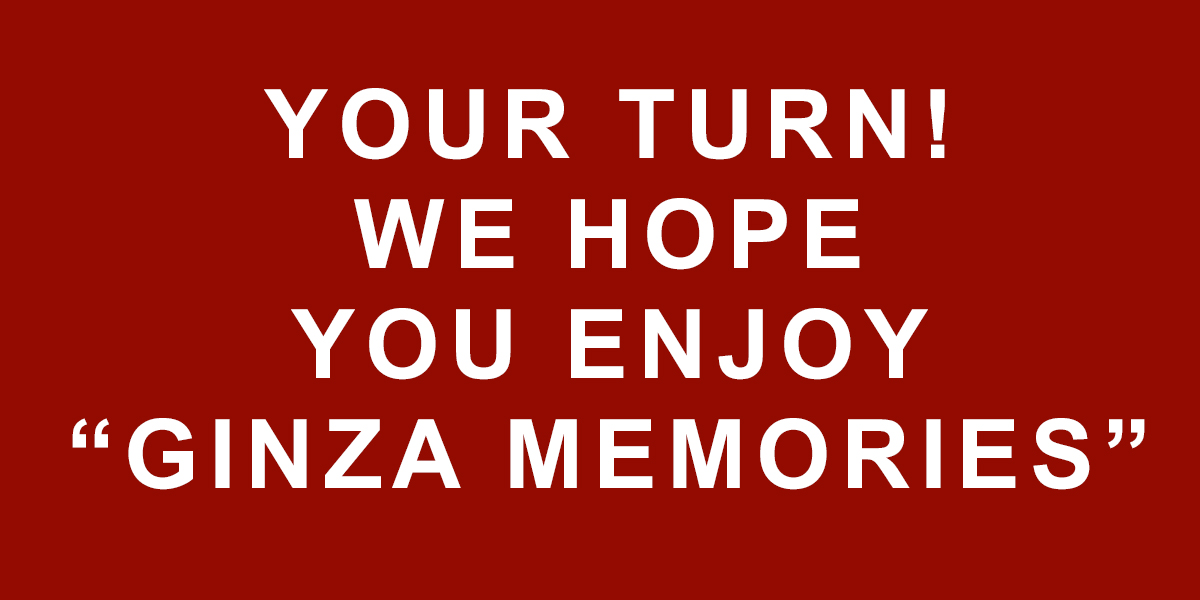
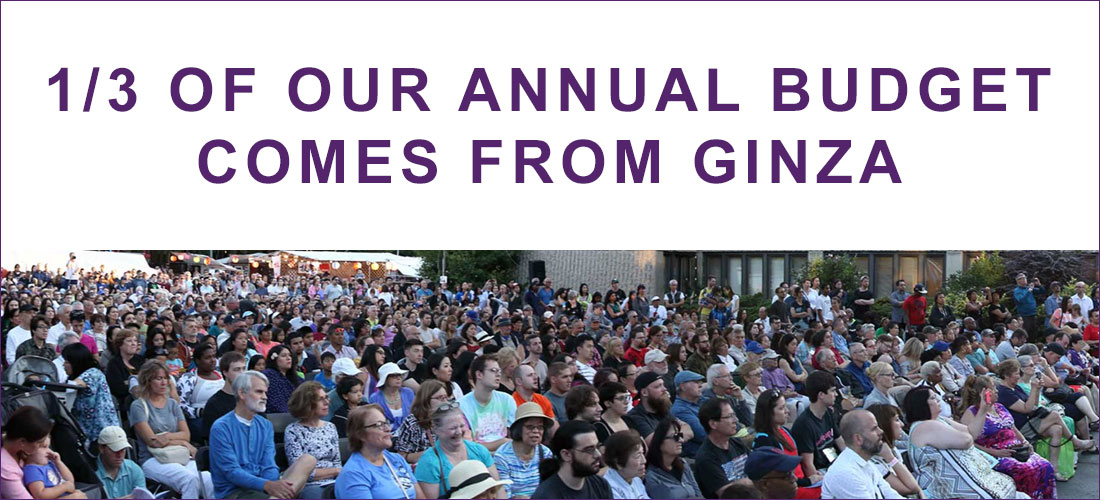
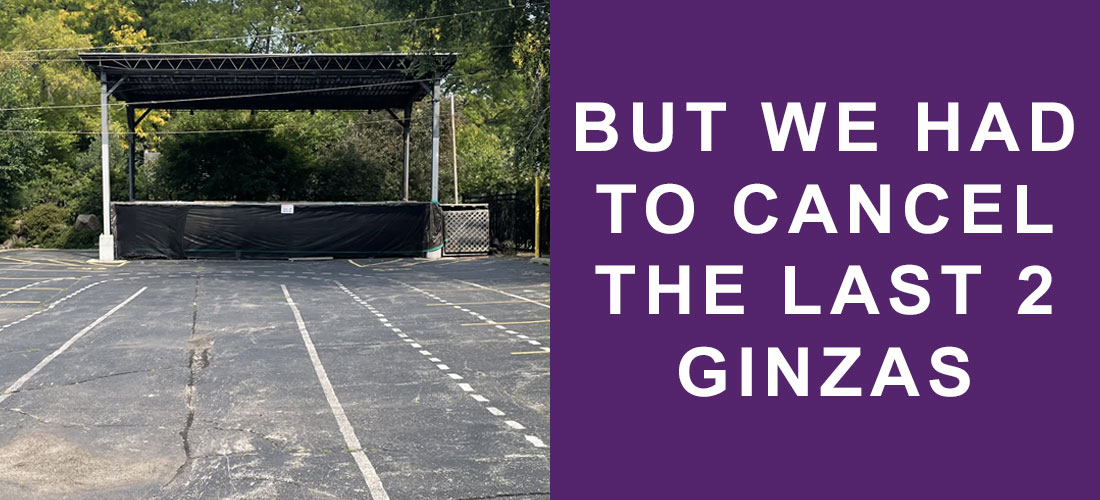
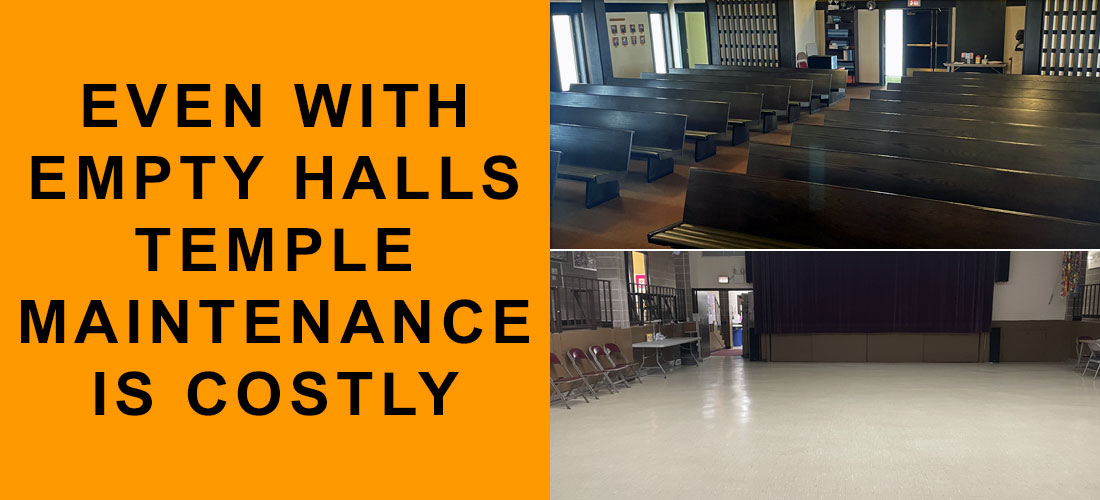
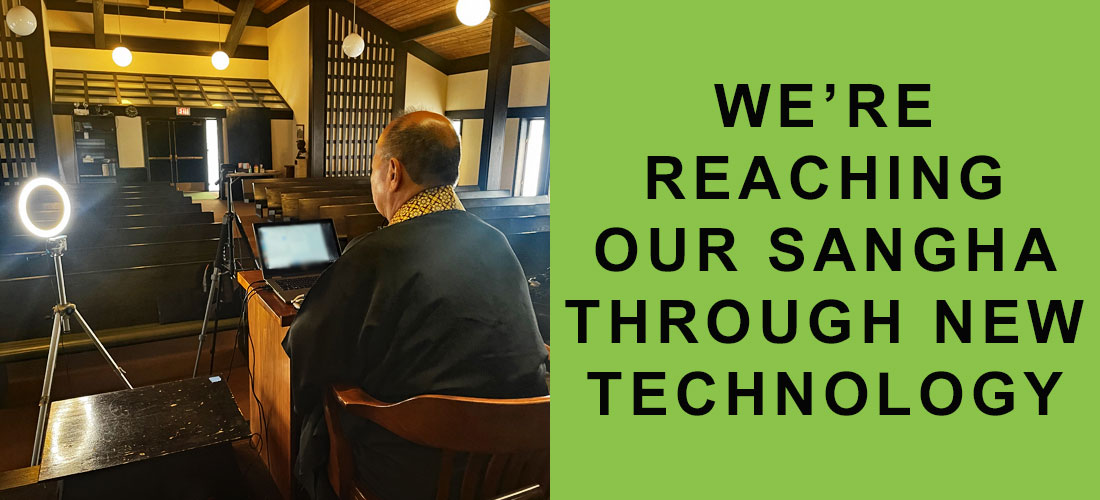
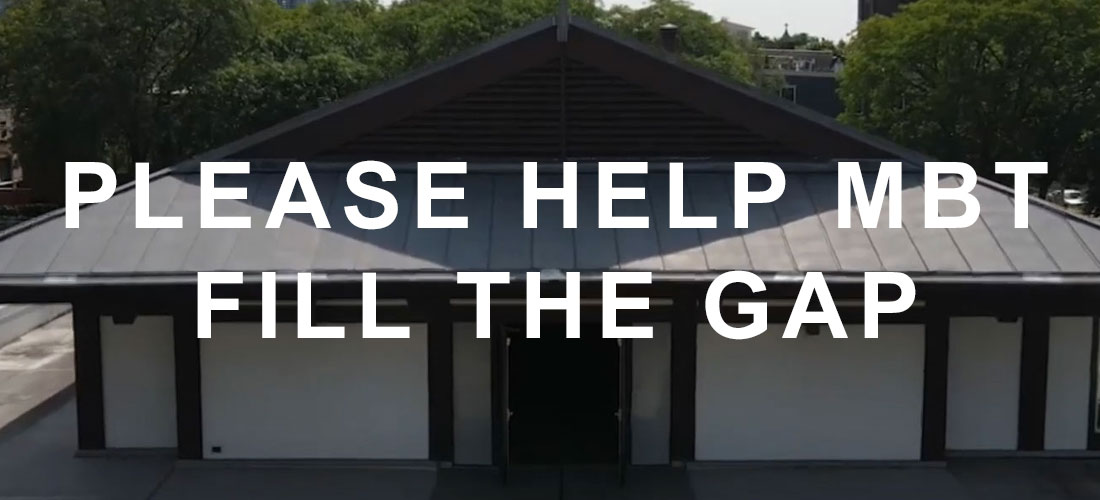
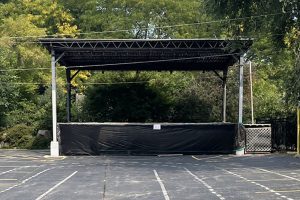 We are appealing to you to help us close our budget gap. Ginza Holiday represents 1/3 of our annual operating budget but we’ve had to cancel Ginza not once but for 2 consecutive years! Thanks to sound fiscal management MBT’s long-term financial state remains strong – but missing Ginza for 2 years in a row has put a significant gap in our annual budget. Throughout our Fill the Gap campaign we’ll share information about what it takes to keep MBT going. Take a moment and read the letter from the MBT Board. Please donate generously and help MBT Fill the Gap.
We are appealing to you to help us close our budget gap. Ginza Holiday represents 1/3 of our annual operating budget but we’ve had to cancel Ginza not once but for 2 consecutive years! Thanks to sound fiscal management MBT’s long-term financial state remains strong – but missing Ginza for 2 years in a row has put a significant gap in our annual budget. Throughout our Fill the Gap campaign we’ll share information about what it takes to keep MBT going. Take a moment and read the letter from the MBT Board. Please donate generously and help MBT Fill the Gap. 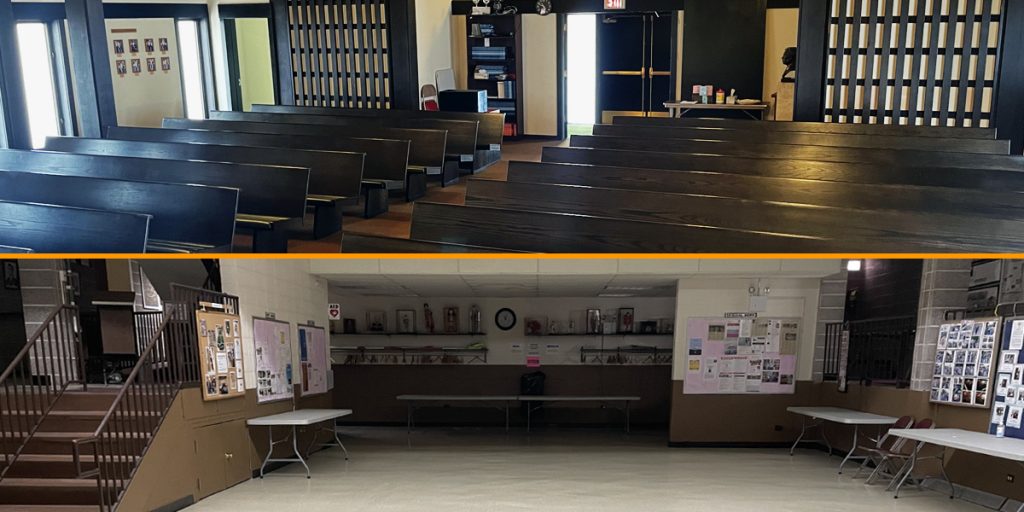
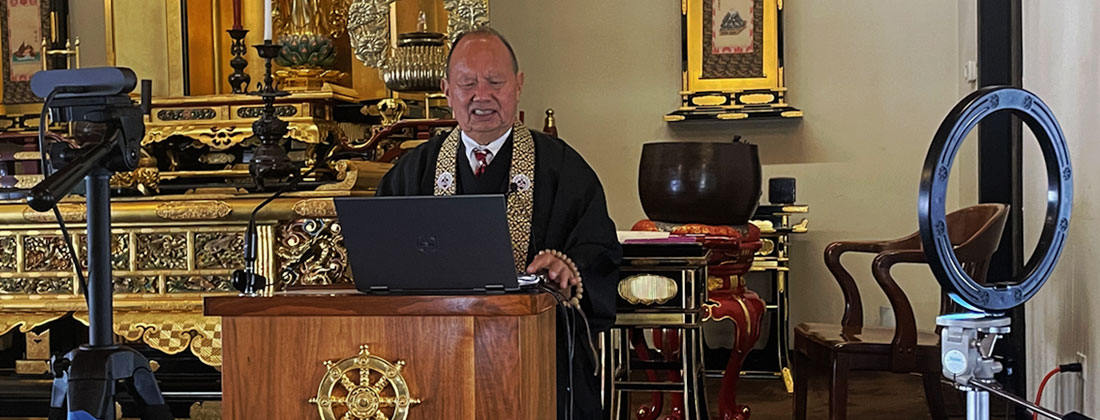
 In the early days of the pandemic, when MBT had to close its doors, Rev. Ron decided that the Sangha and many others would benefit from a weekly video Dharma Message. He further decided that streaming his message “live” from the MBT Naijin would give people a sense of normalcy and comfort during chaotic times. He was right and we are grateful for his leadership. Since March of 2020 Rev. Miyamura has streamed over 75 Dharma Messages to Sangha members and friends of MBT via Facebook Live! The technology he used has evolved over the past 20 months starting with his cell phone to a laptop with a webcam and a light ring. Rev. Ron would be the first to tell you that he had some help from a small group of volunteers to assist with organizing services, running ZOOM sessions and to chase down technical issues. Much appreciation to Rev. Ron and his volunteers!
In the early days of the pandemic, when MBT had to close its doors, Rev. Ron decided that the Sangha and many others would benefit from a weekly video Dharma Message. He further decided that streaming his message “live” from the MBT Naijin would give people a sense of normalcy and comfort during chaotic times. He was right and we are grateful for his leadership. Since March of 2020 Rev. Miyamura has streamed over 75 Dharma Messages to Sangha members and friends of MBT via Facebook Live! The technology he used has evolved over the past 20 months starting with his cell phone to a laptop with a webcam and a light ring. Rev. Ron would be the first to tell you that he had some help from a small group of volunteers to assist with organizing services, running ZOOM sessions and to chase down technical issues. Much appreciation to Rev. Ron and his volunteers!

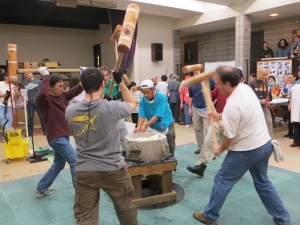 If our temple’s Ginza Holiday Festival is the highlight of the year for me, Mochi-Tsuki is a strong second.
If our temple’s Ginza Holiday Festival is the highlight of the year for me, Mochi-Tsuki is a strong second.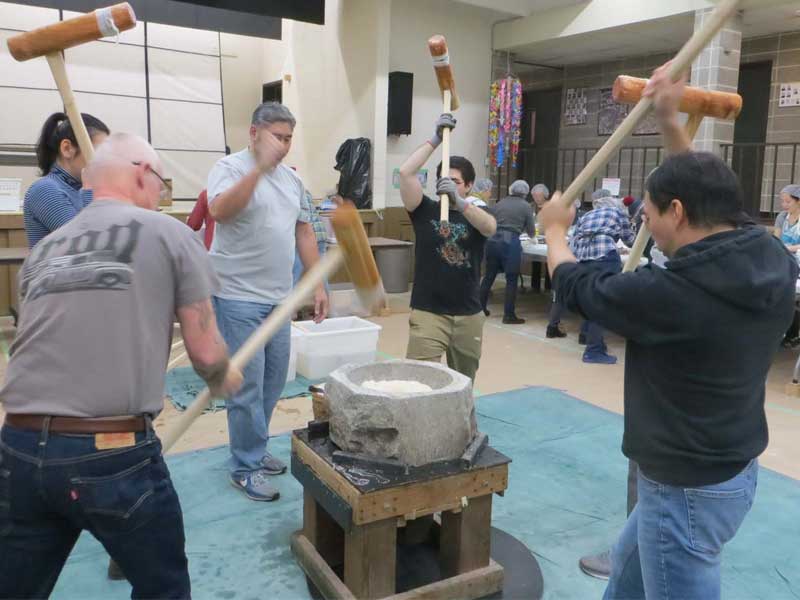
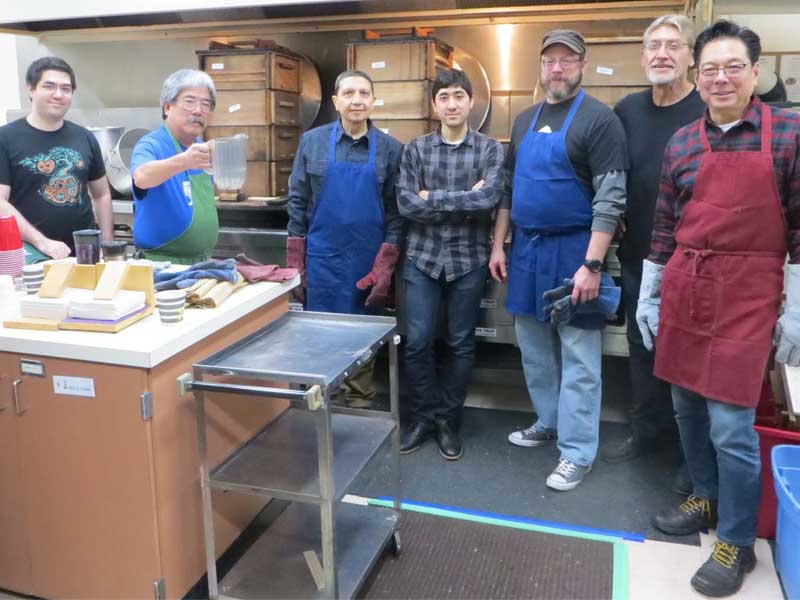
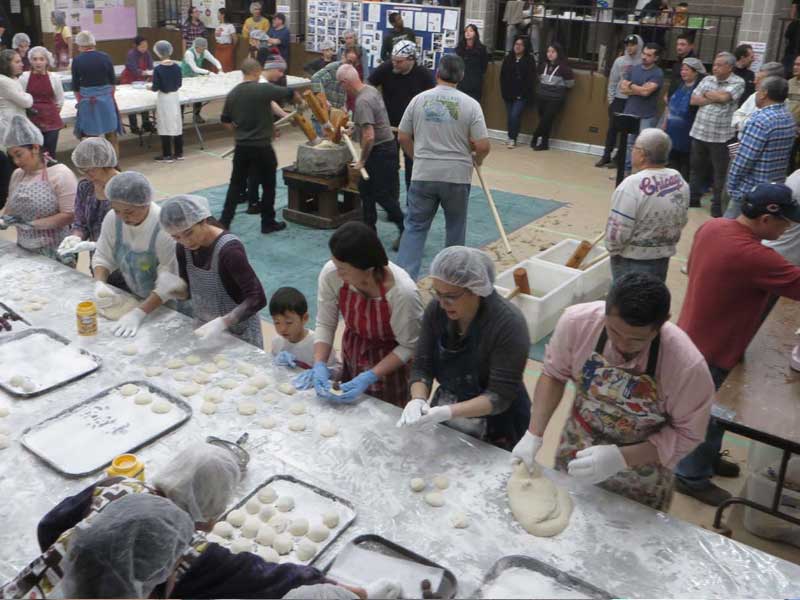
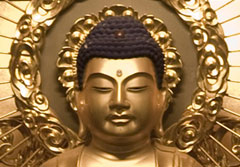
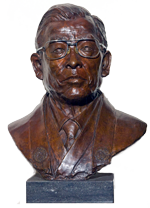
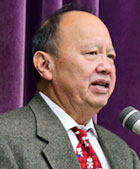 REV RON MIYAMURA – Resident Minister: As we celebrate our 75th Anniversary we should pause to look back with a sense of gratitude and forward with a sense of hope.
REV RON MIYAMURA – Resident Minister: As we celebrate our 75th Anniversary we should pause to look back with a sense of gratitude and forward with a sense of hope.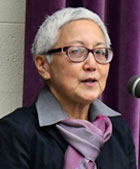 KIKU TAURA – MBT President: On Sunday, Nov. 3, Midwest Buddhist Temple capped a year of commemorative events with a luncheon in honor of our 75th anniversary. I was happy to see that an estimated 175 Sangha members and friends came to celebrate the occasion, and the full house reflected the many faces of MBT today.
KIKU TAURA – MBT President: On Sunday, Nov. 3, Midwest Buddhist Temple capped a year of commemorative events with a luncheon in honor of our 75th anniversary. I was happy to see that an estimated 175 Sangha members and friends came to celebrate the occasion, and the full house reflected the many faces of MBT today.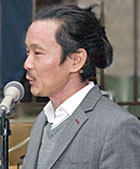 JASON MATSUMOTO – 75th Anniversary Committee Chair: MBT, throughout its 75 years, is fortunate to have been under the guidance of forward-thinking leadership. MBT values openness and inclusivity, inviting people who are 1 mile away or 10,000 miles away to, as Rev. Ron likes to say, “come as you are.”
JASON MATSUMOTO – 75th Anniversary Committee Chair: MBT, throughout its 75 years, is fortunate to have been under the guidance of forward-thinking leadership. MBT values openness and inclusivity, inviting people who are 1 mile away or 10,000 miles away to, as Rev. Ron likes to say, “come as you are.”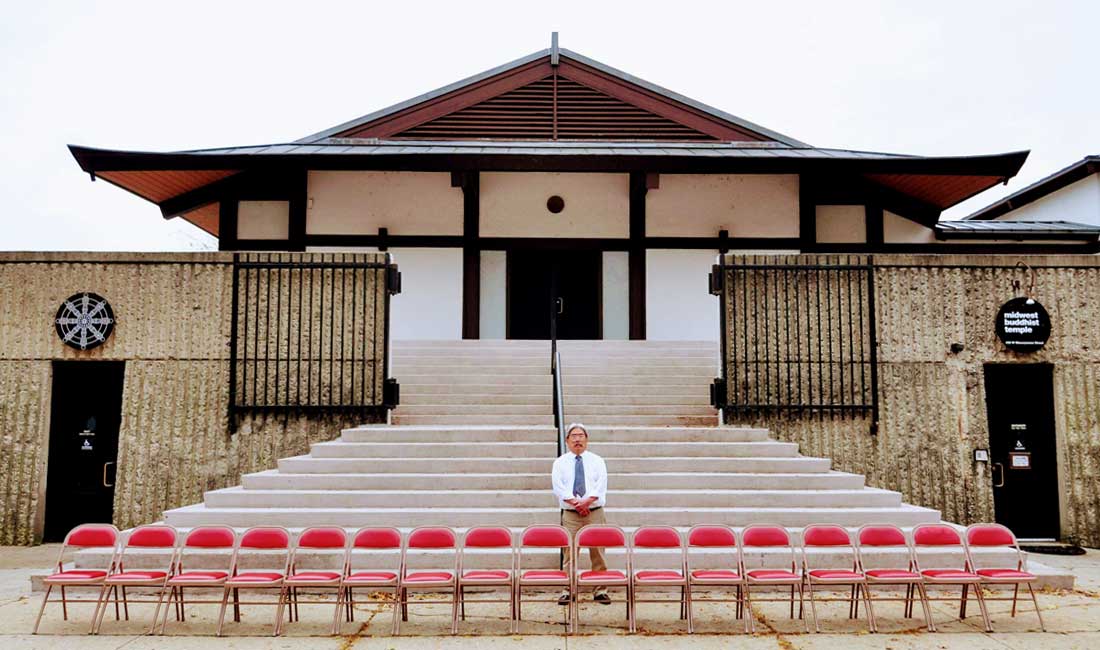
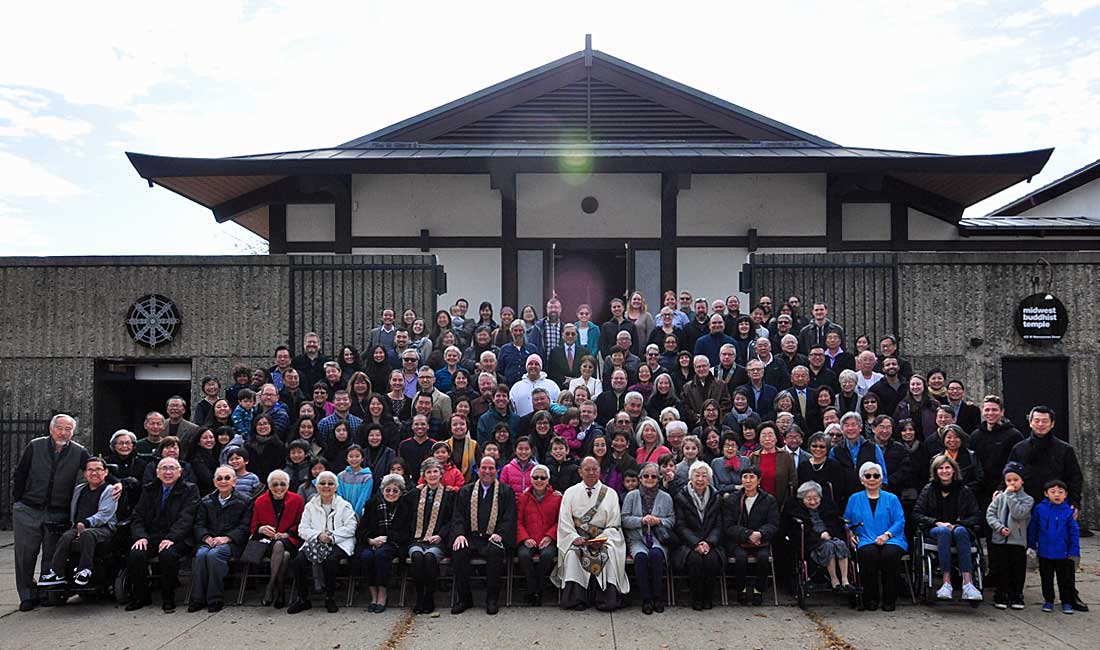
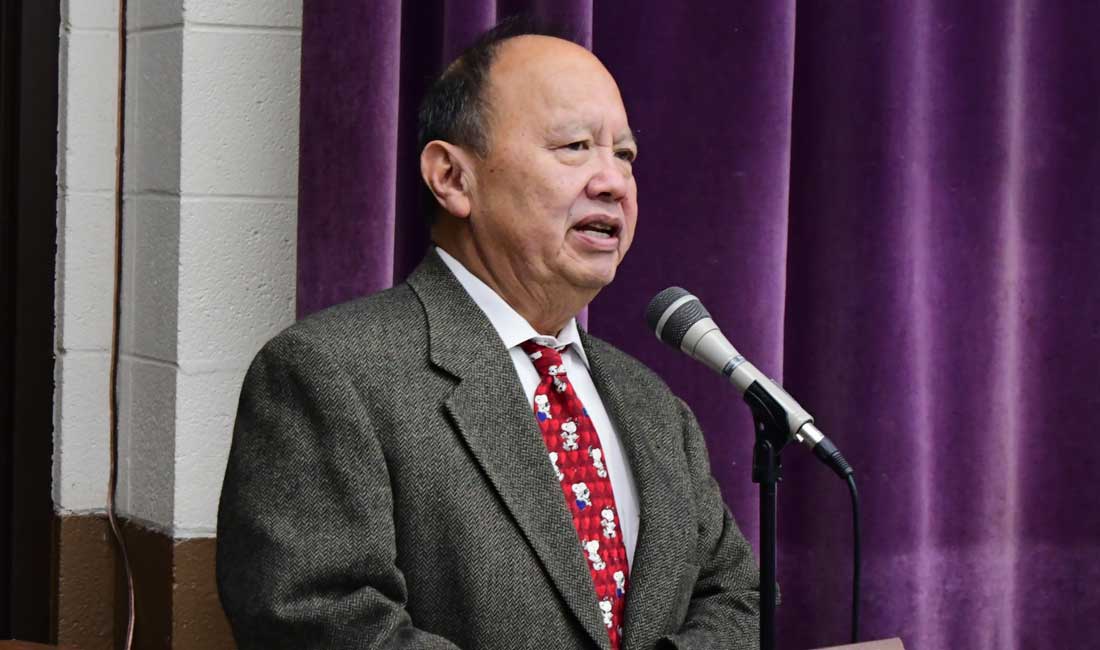
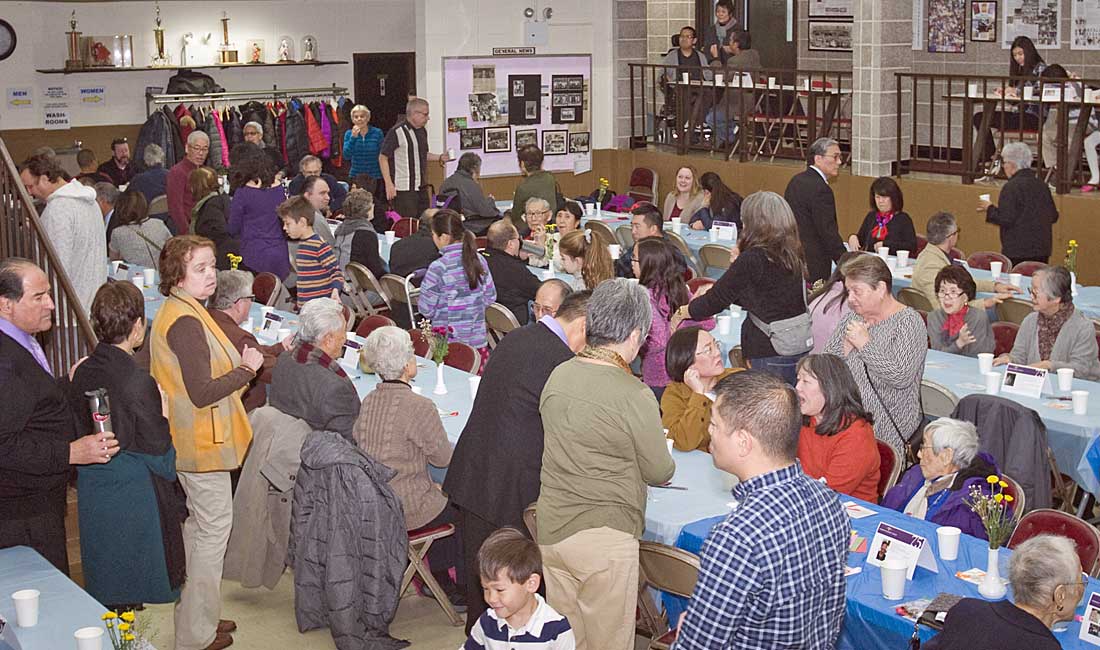
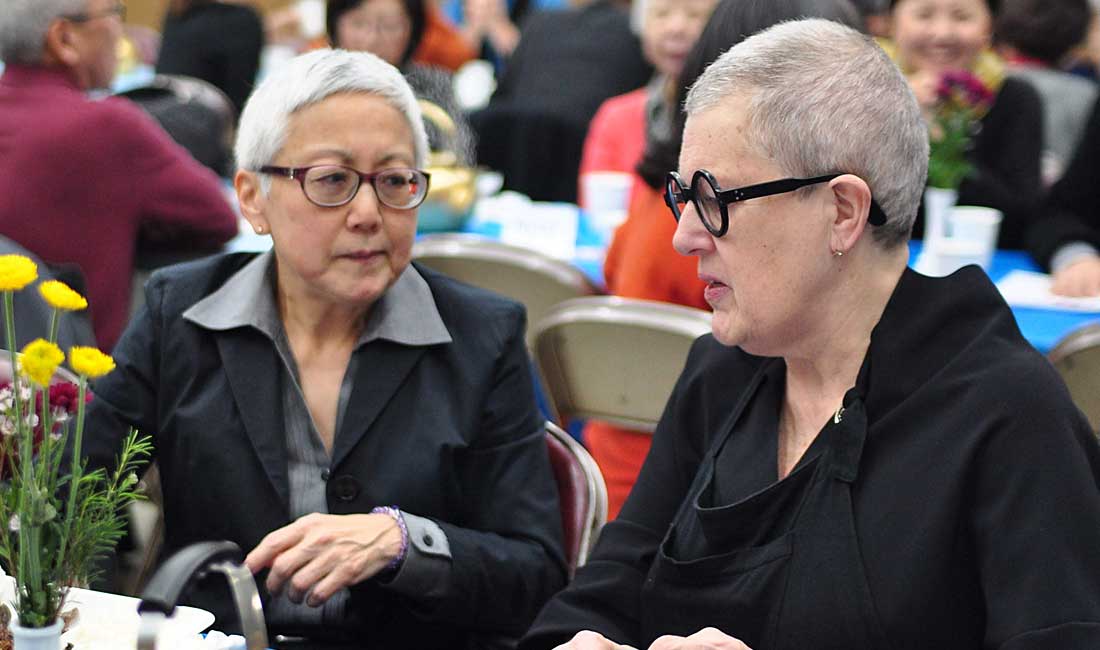
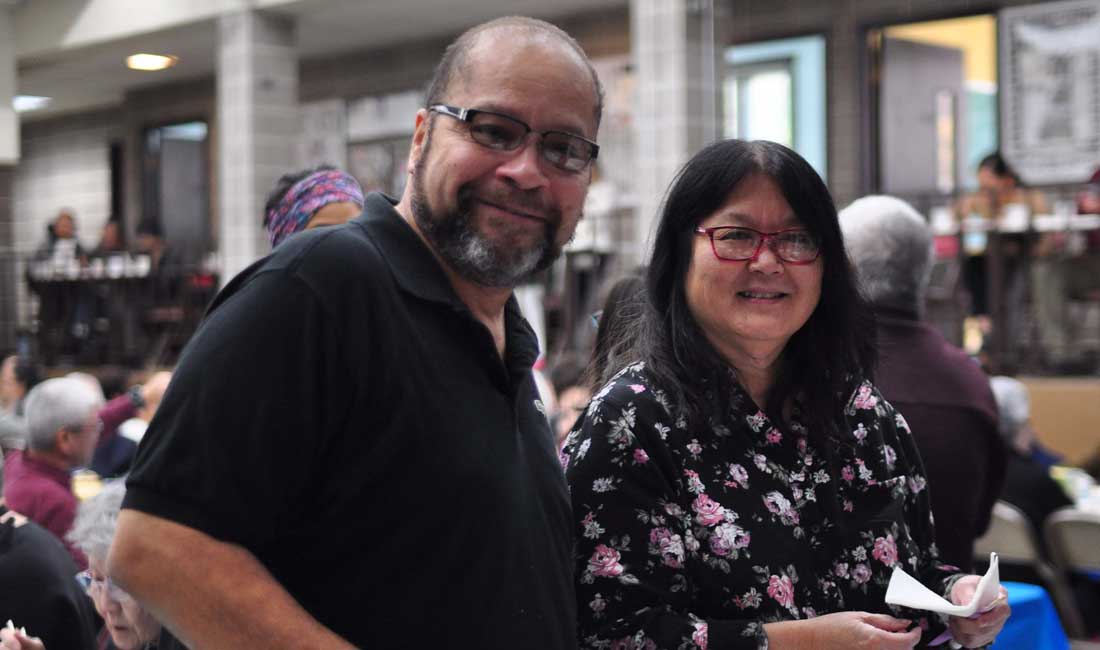
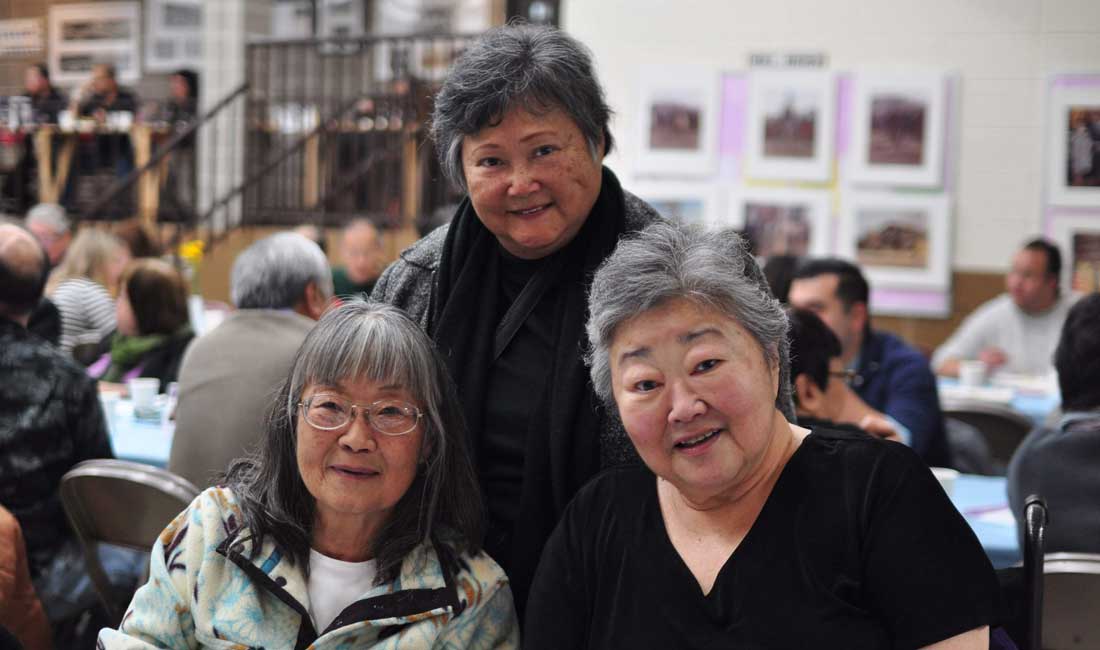
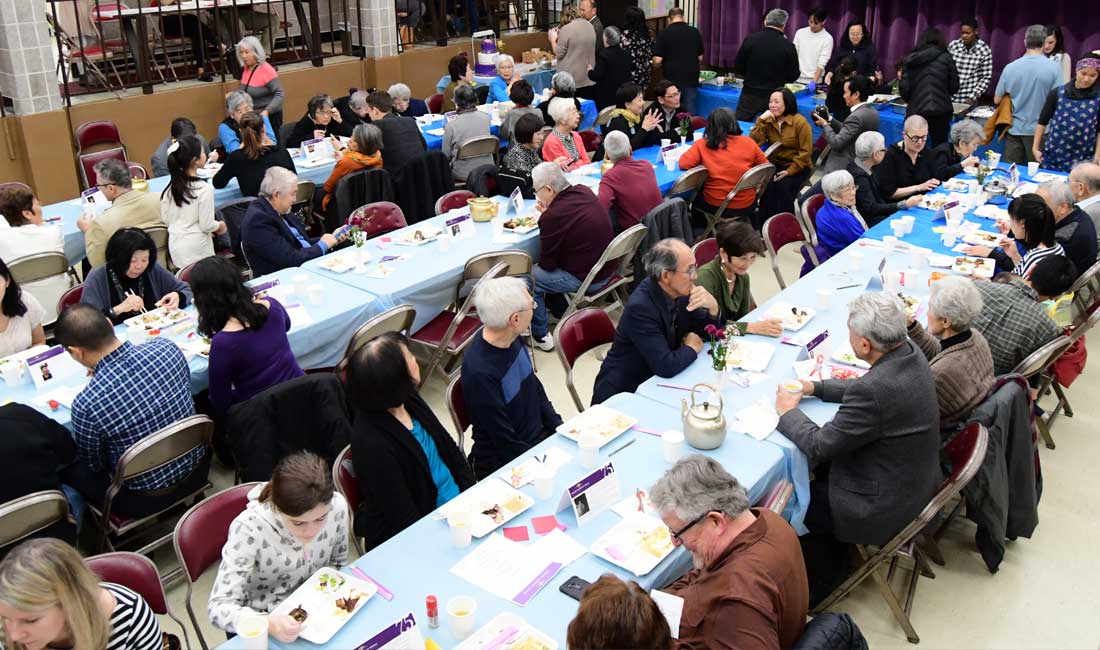
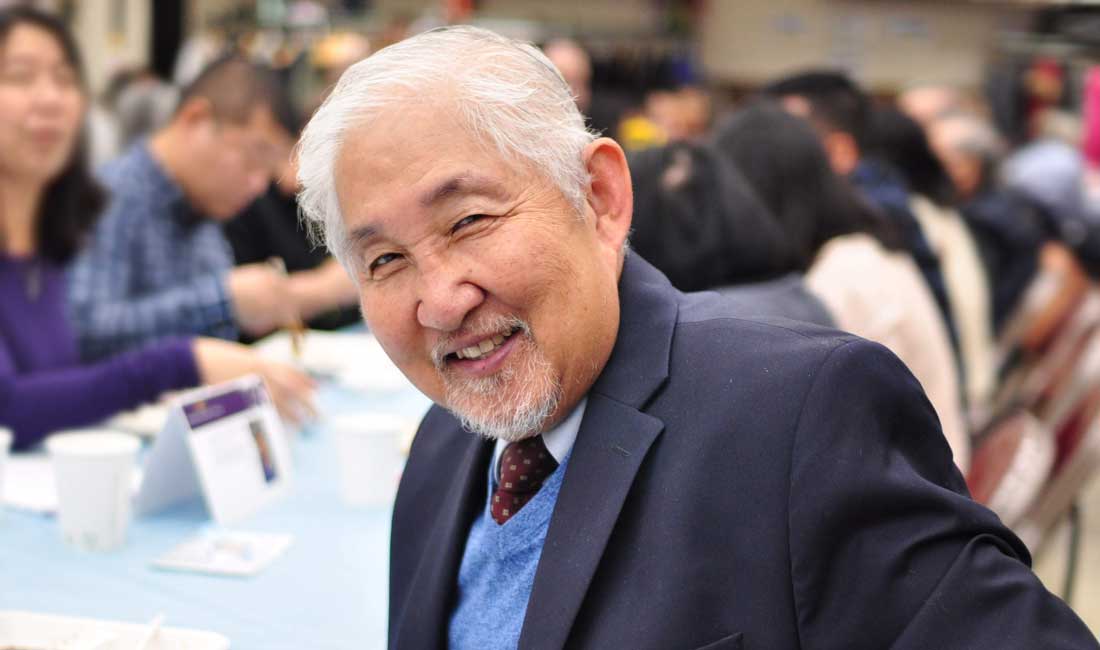
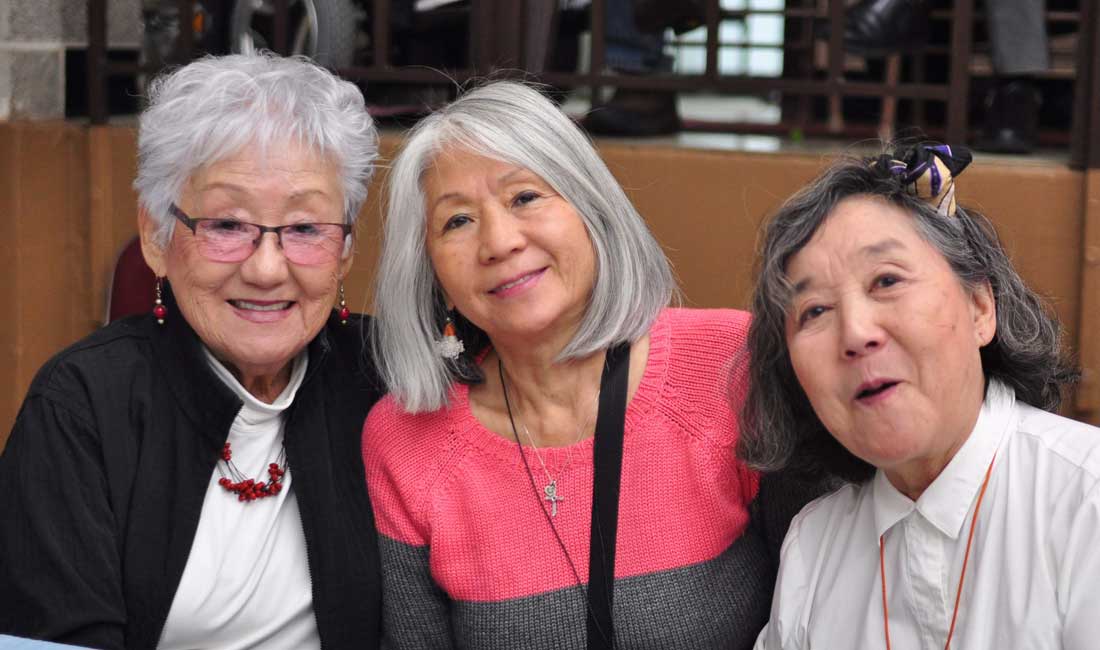
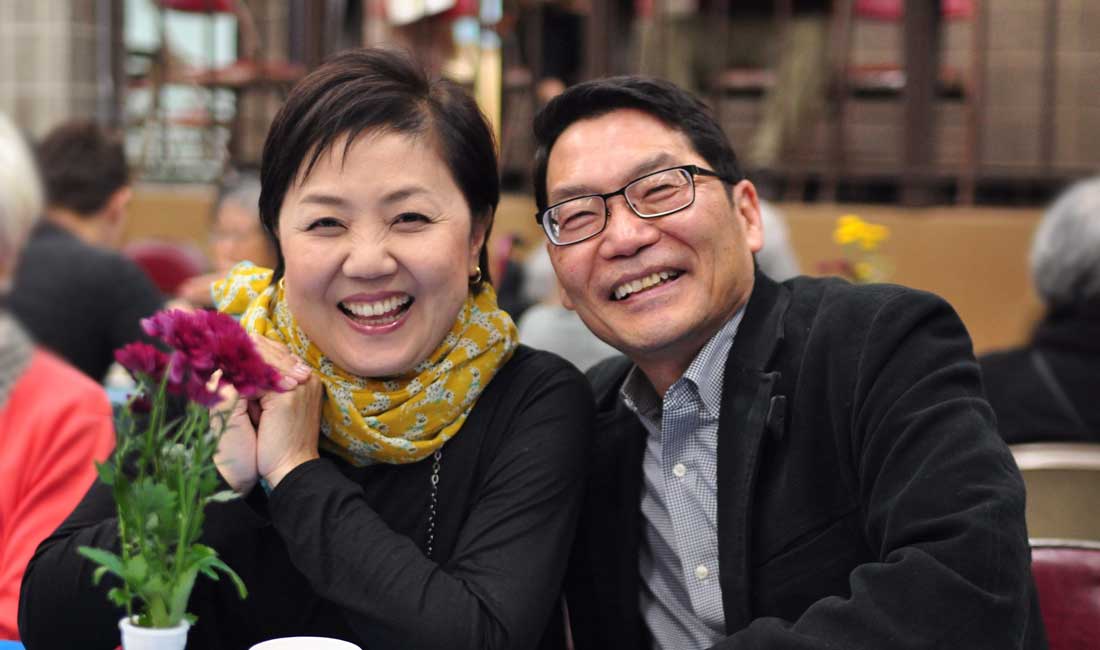
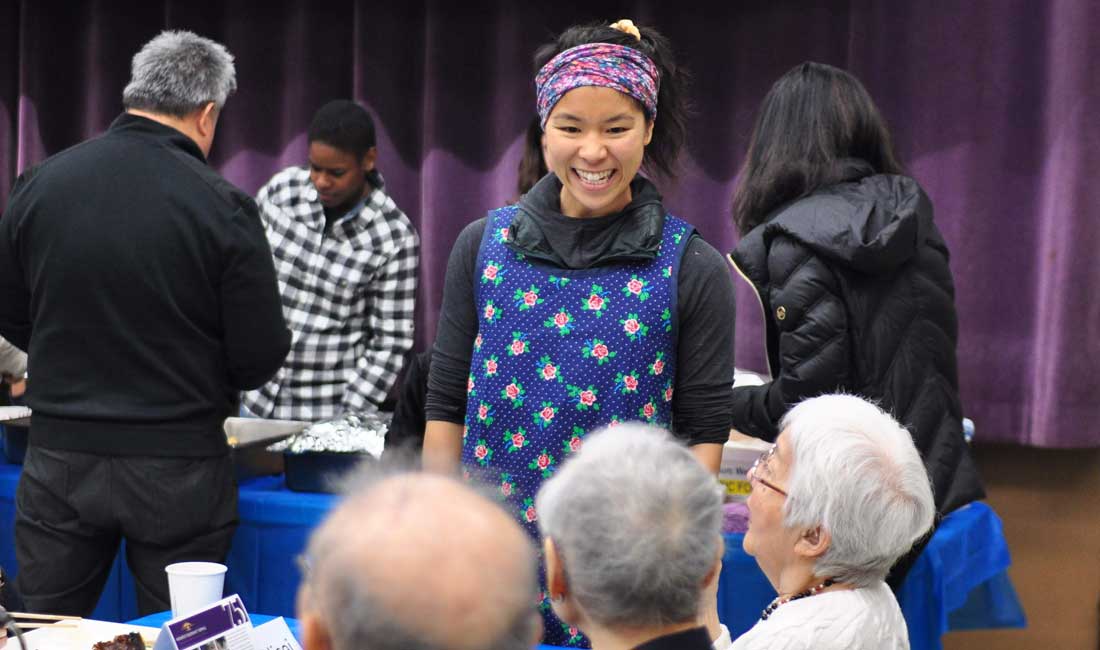
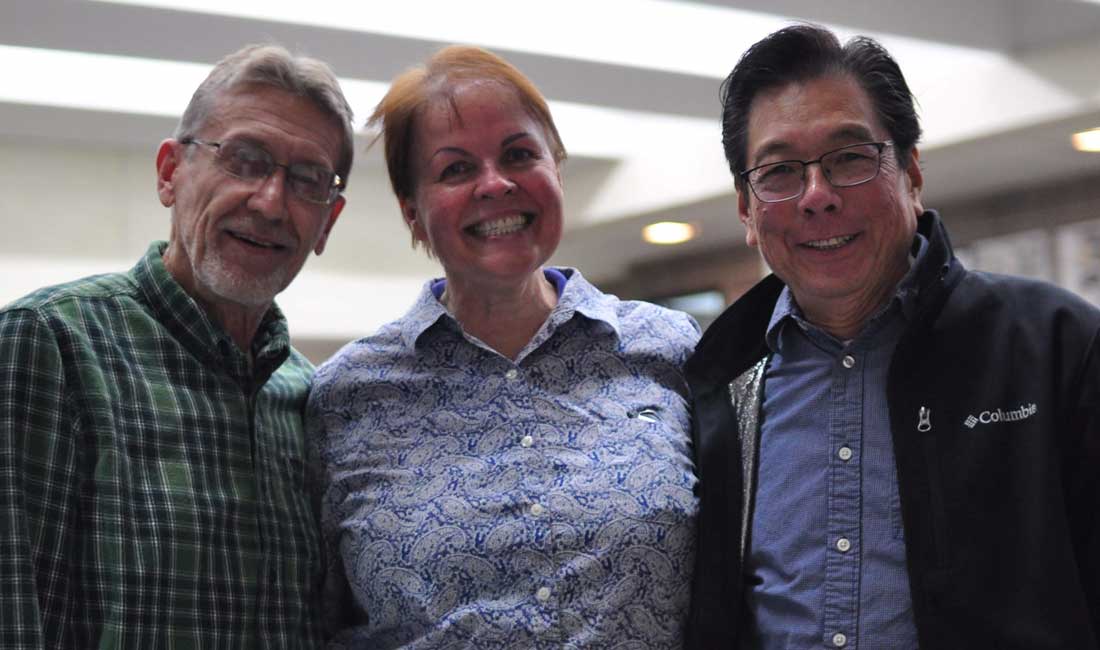

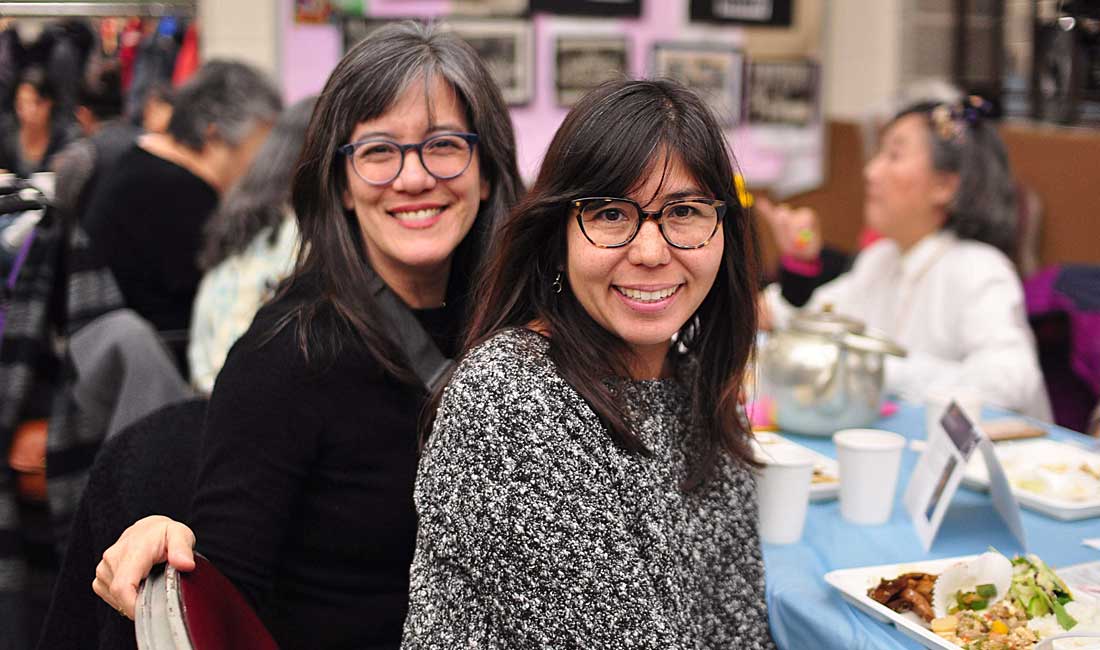
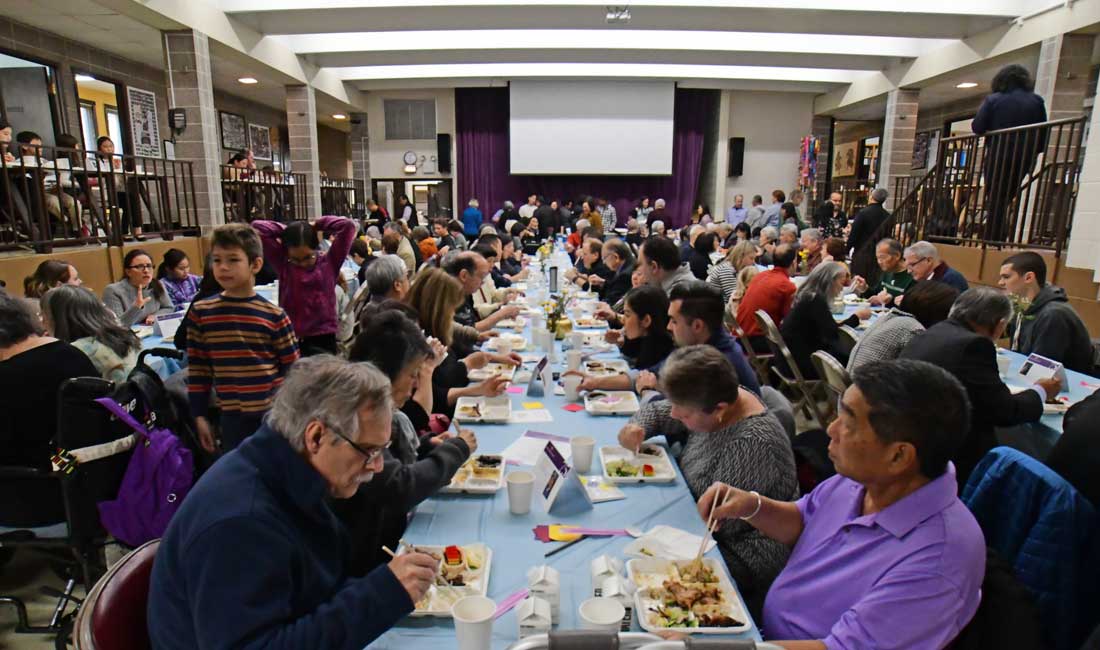
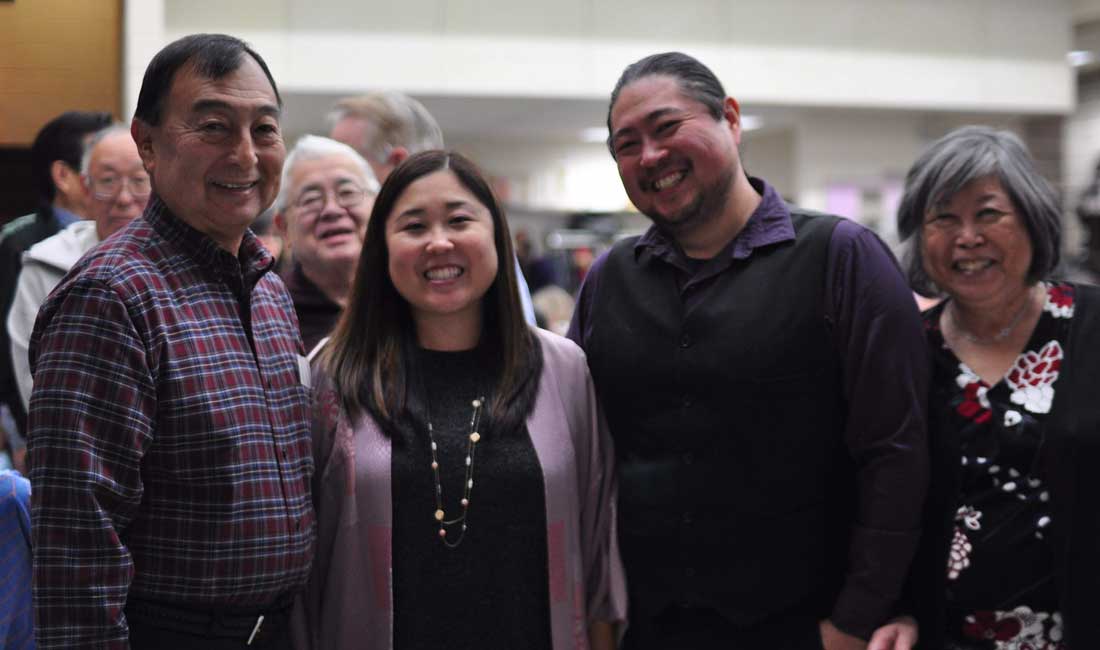
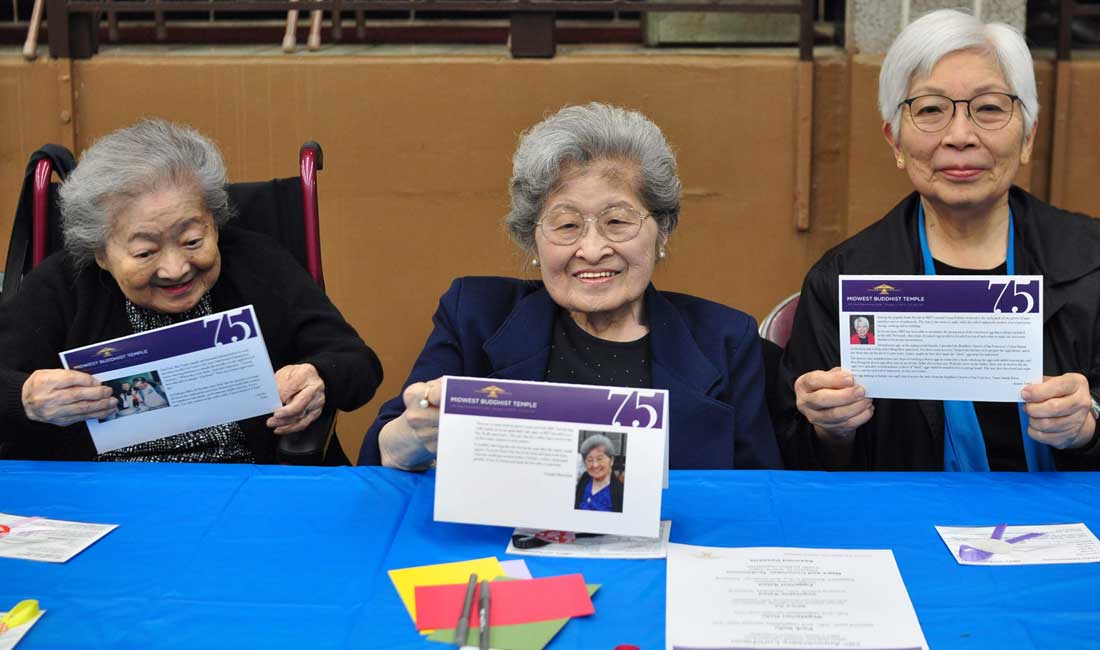
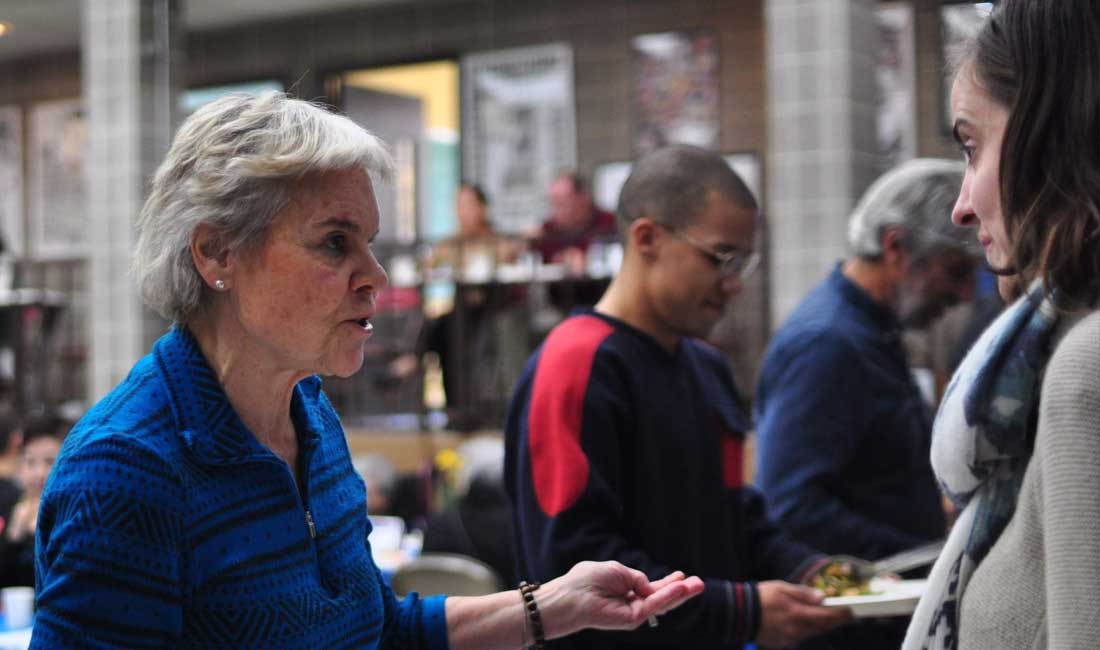
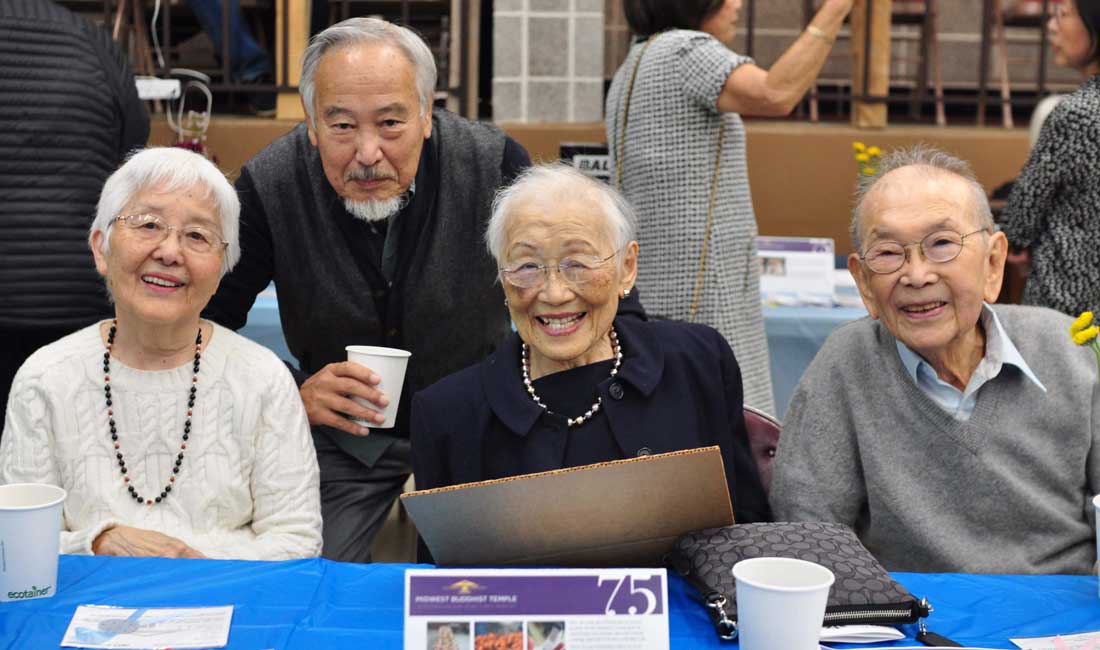
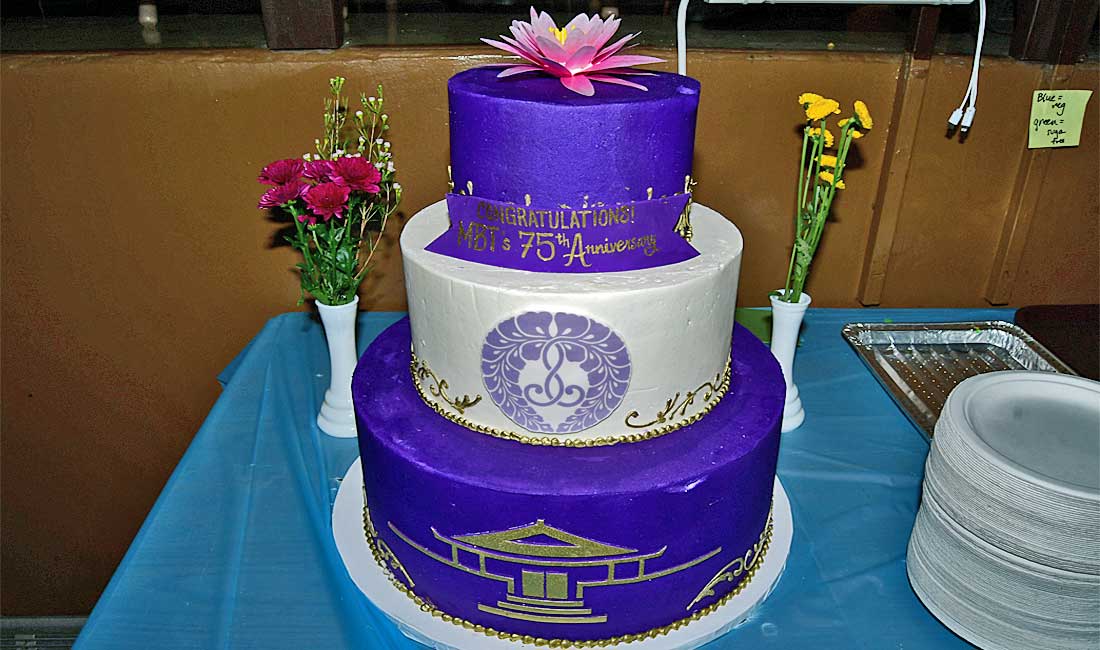
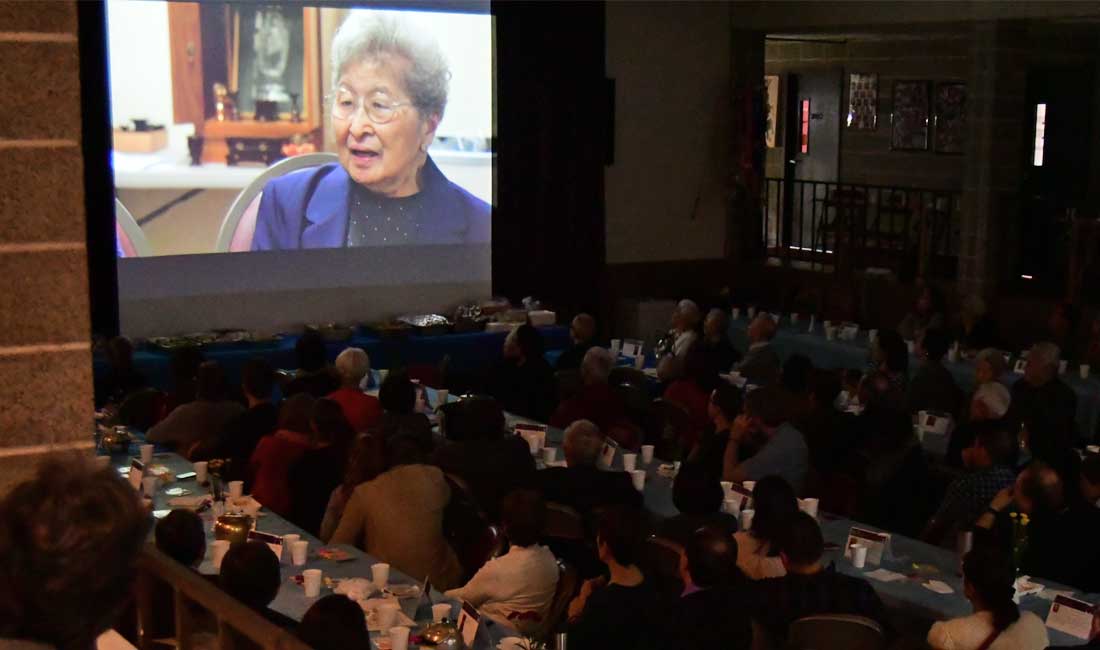
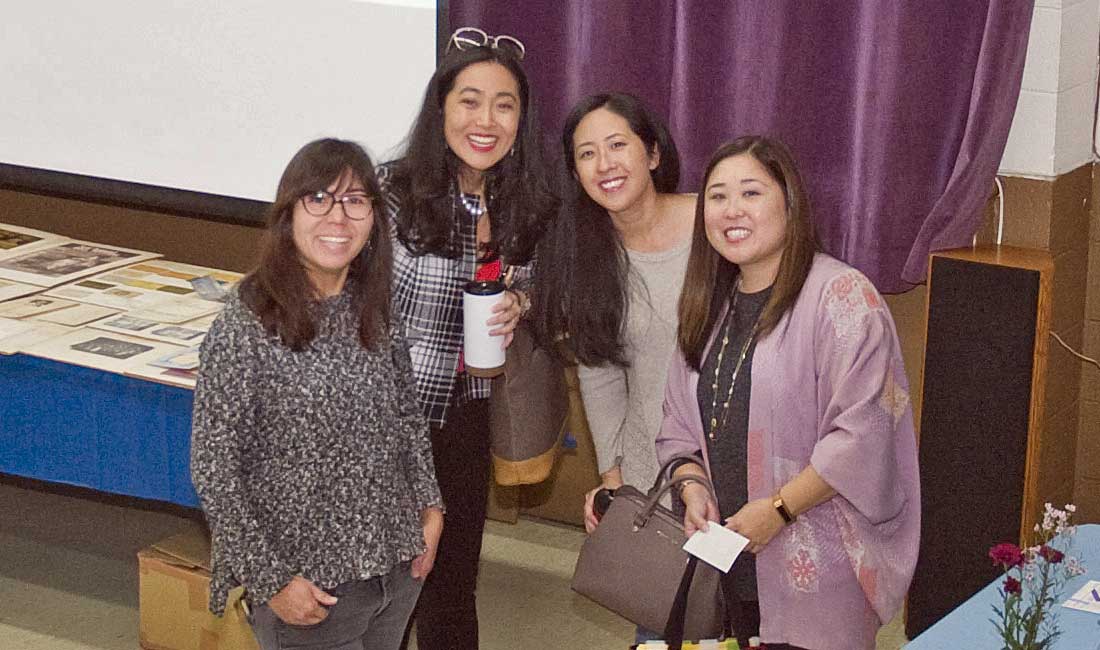
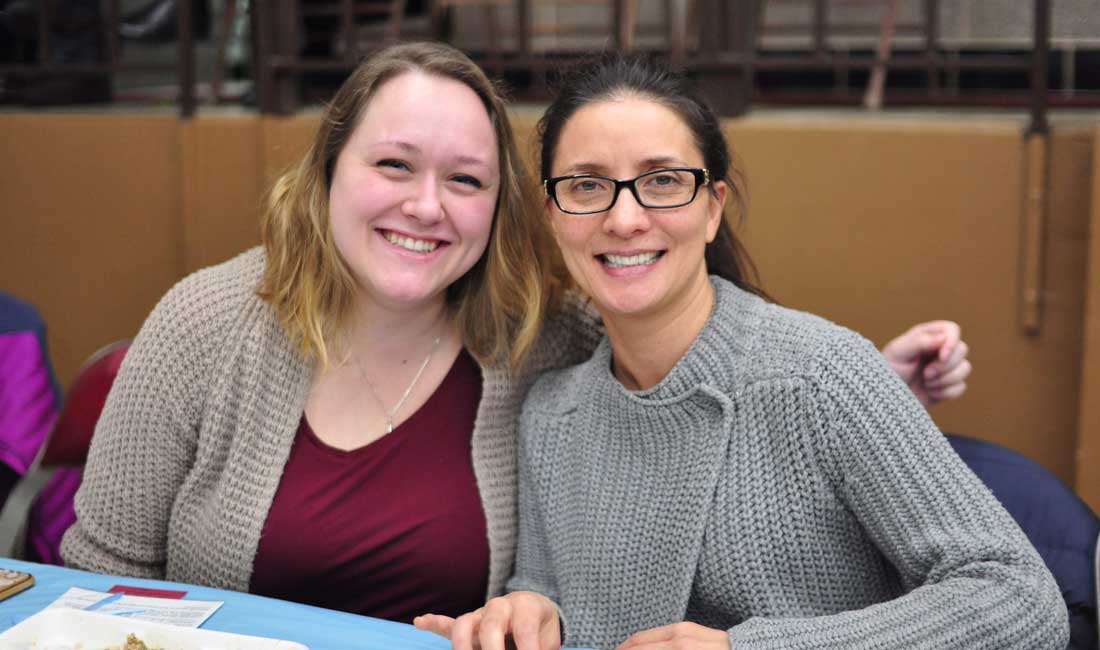
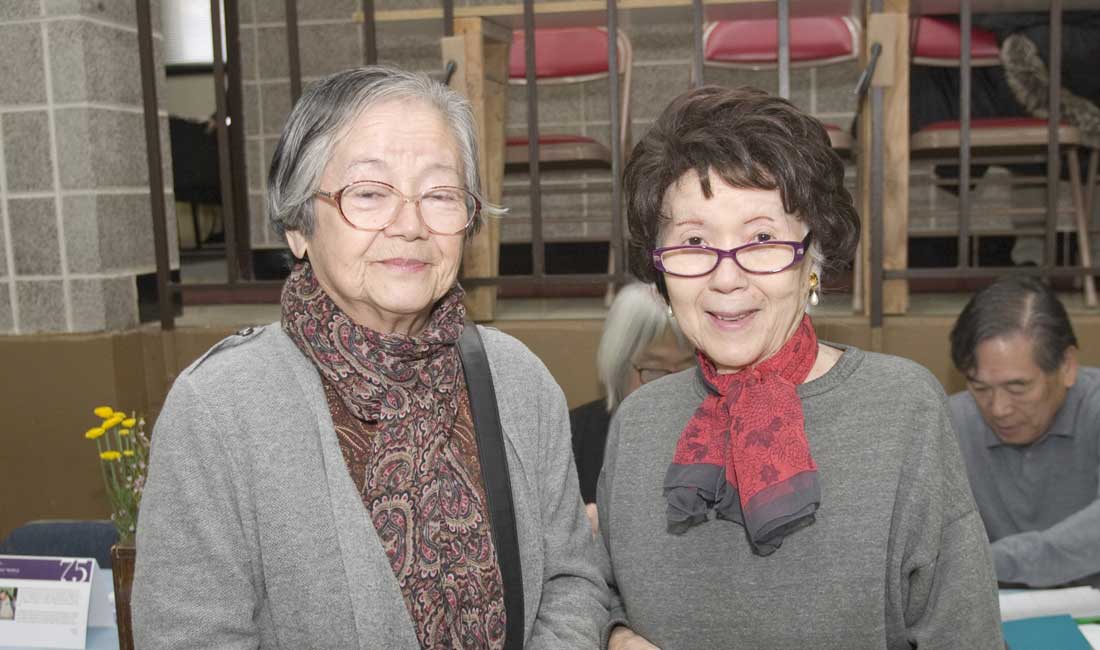
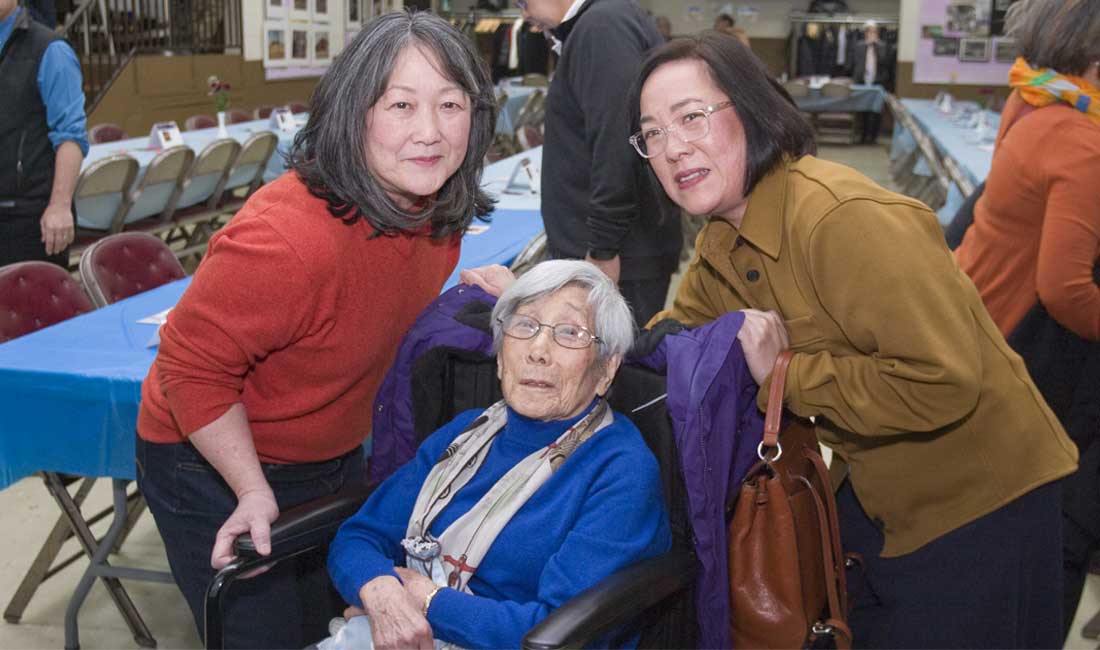
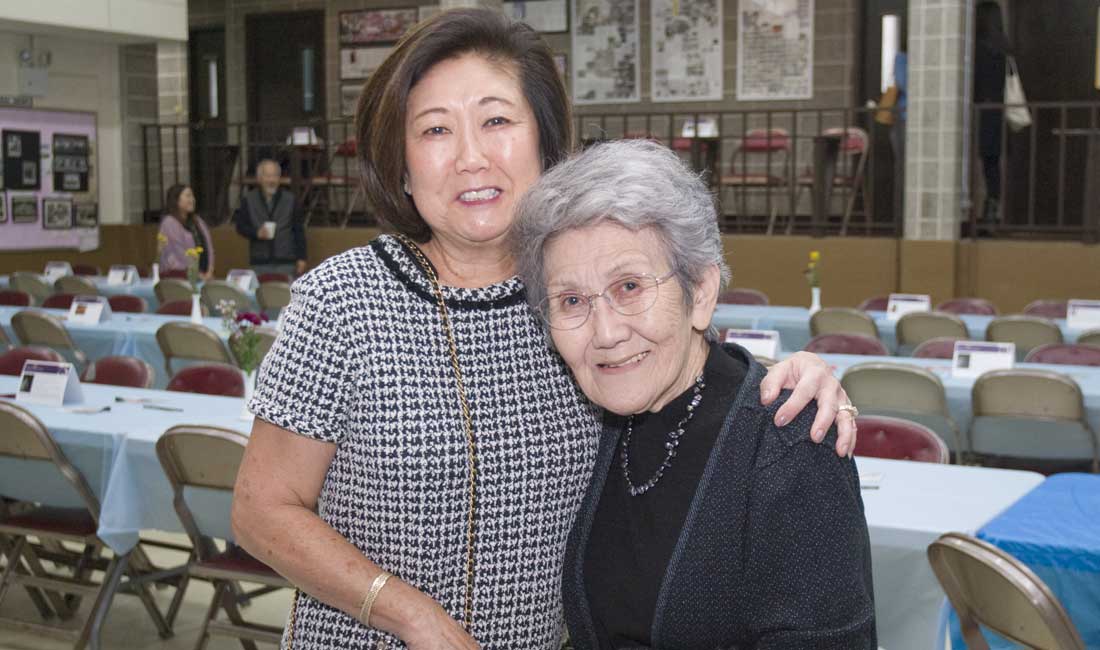
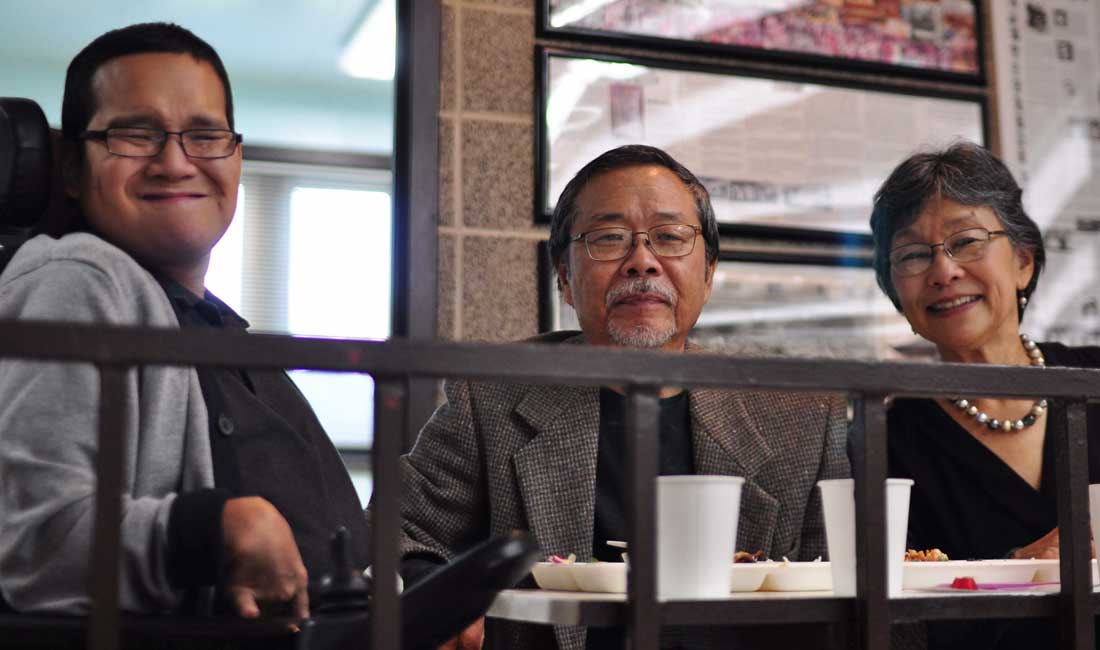
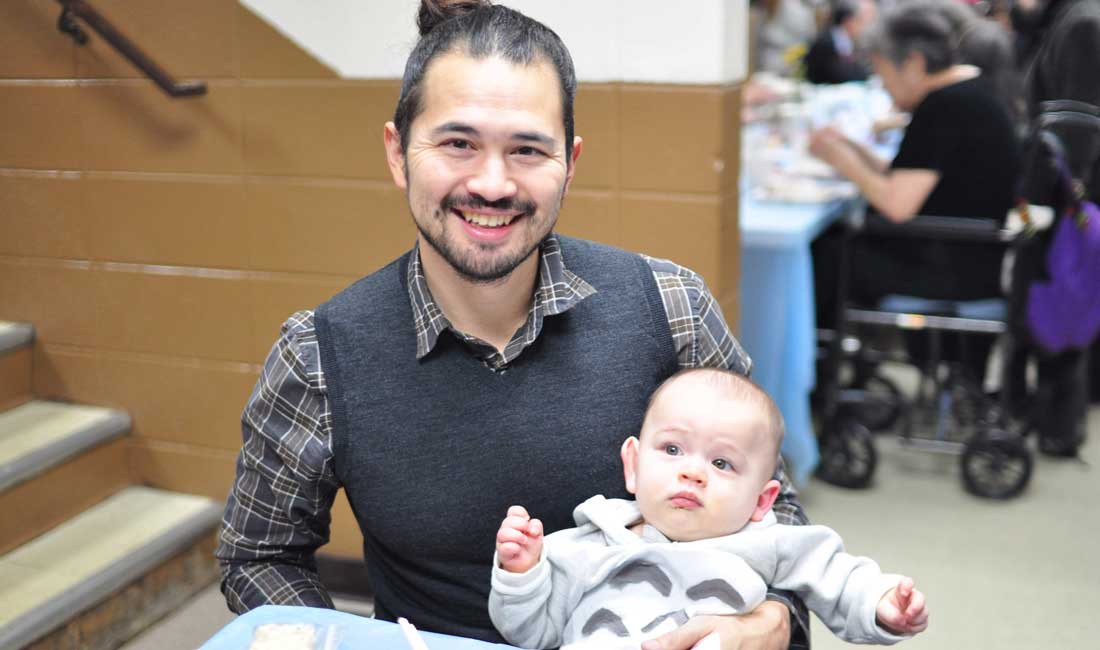
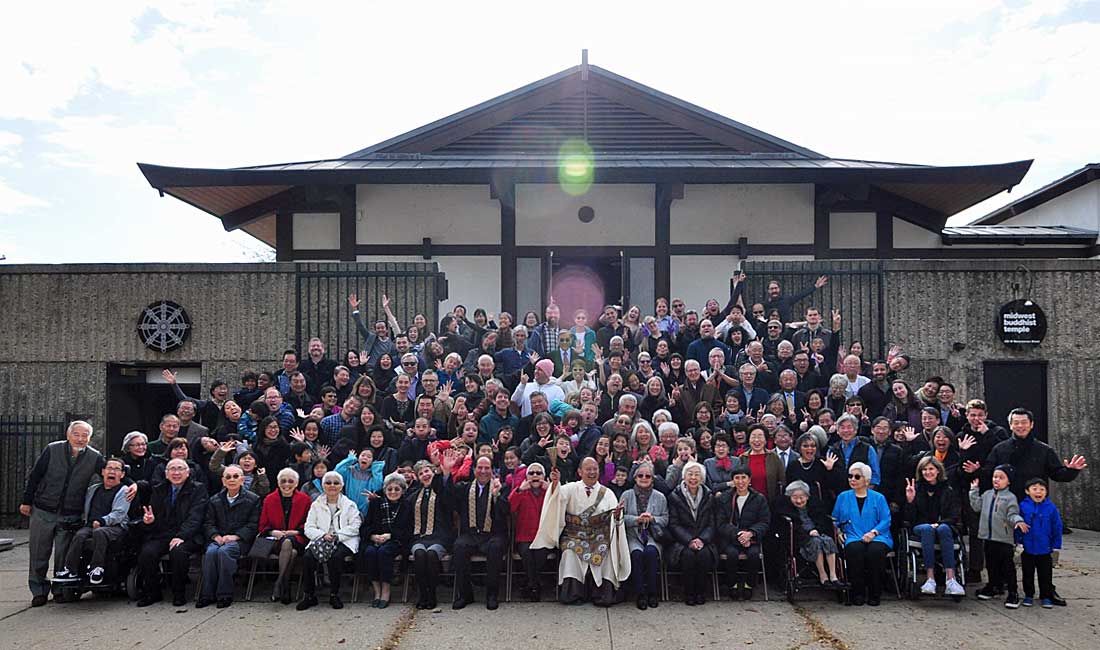
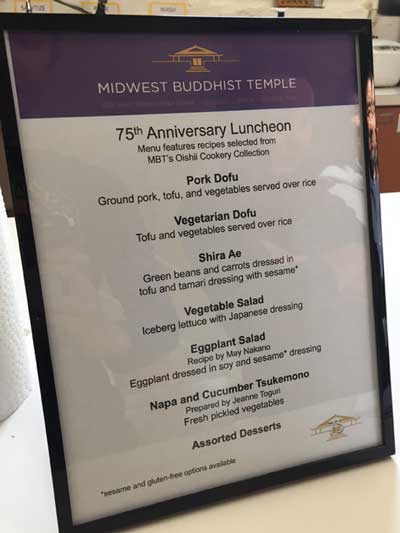
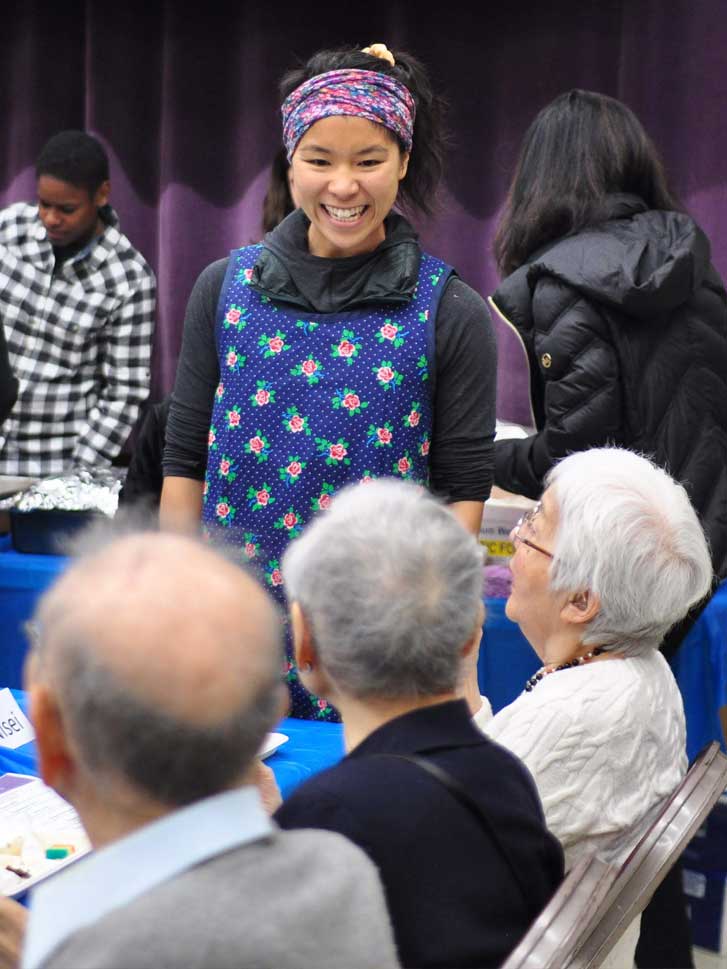
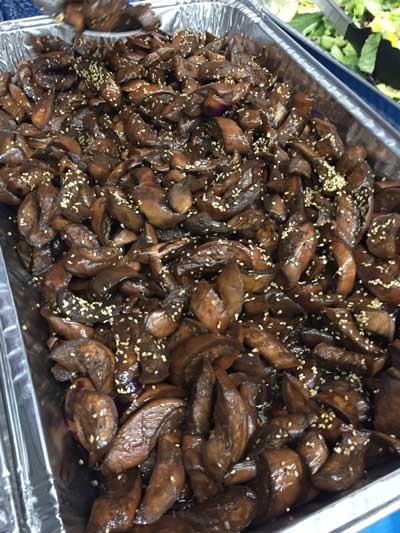
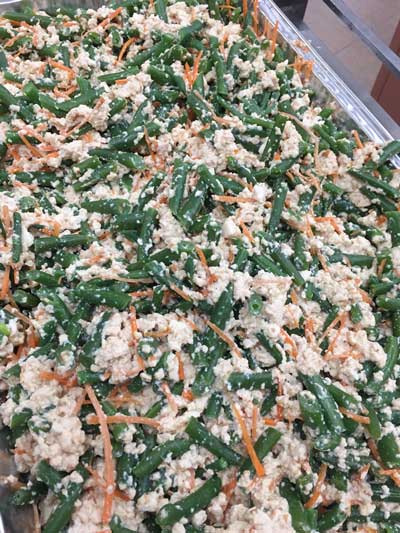
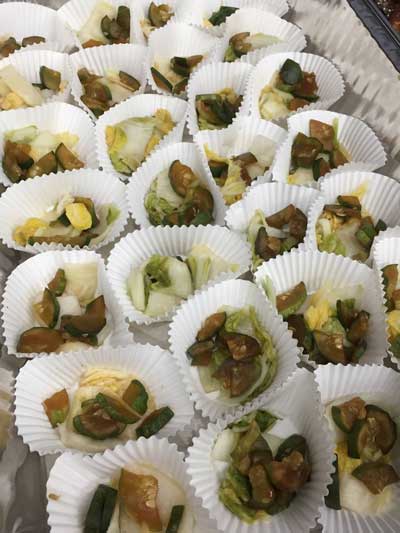
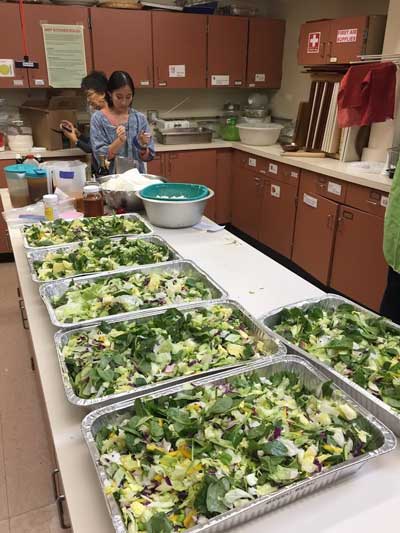

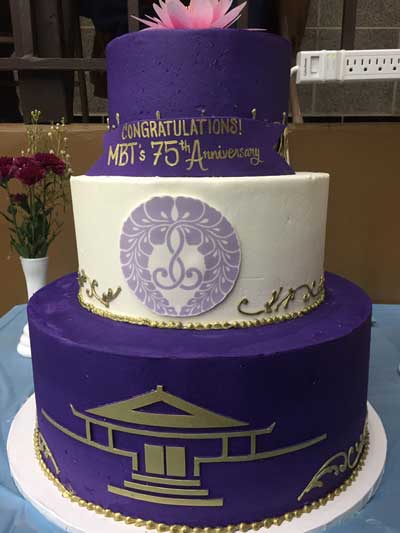
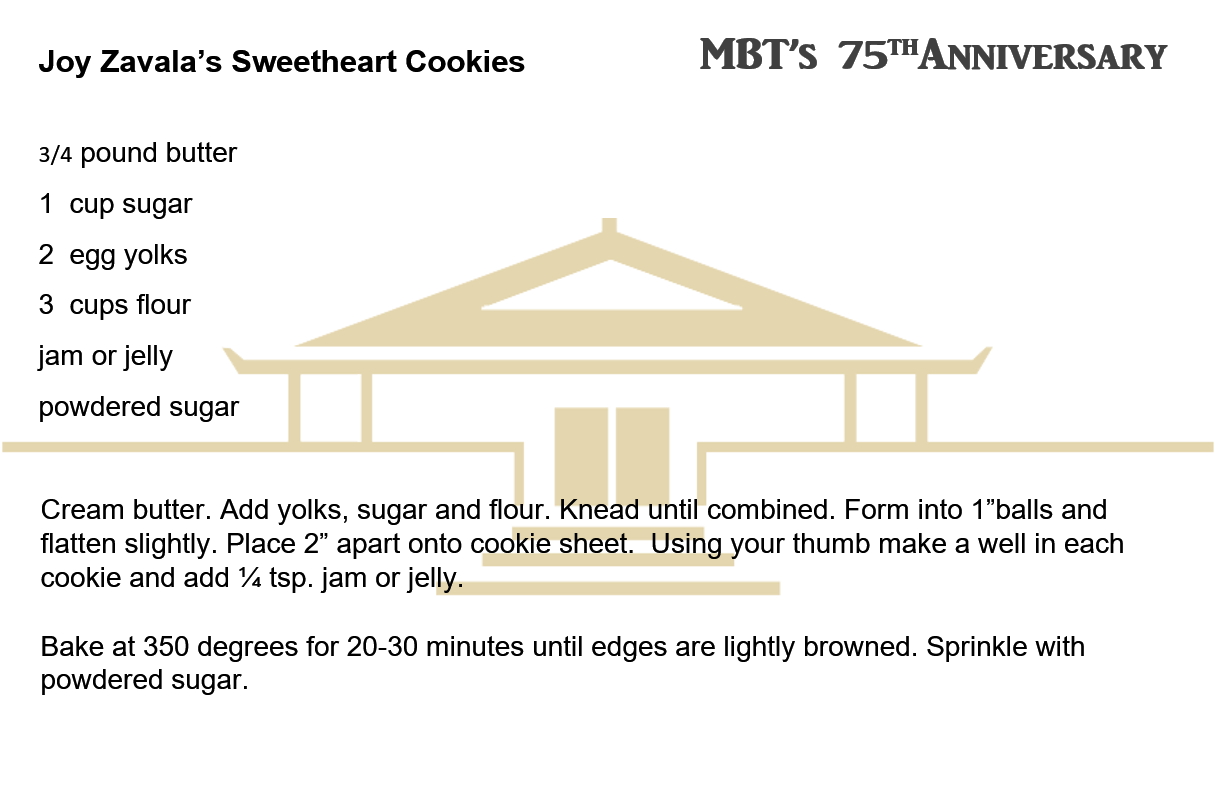
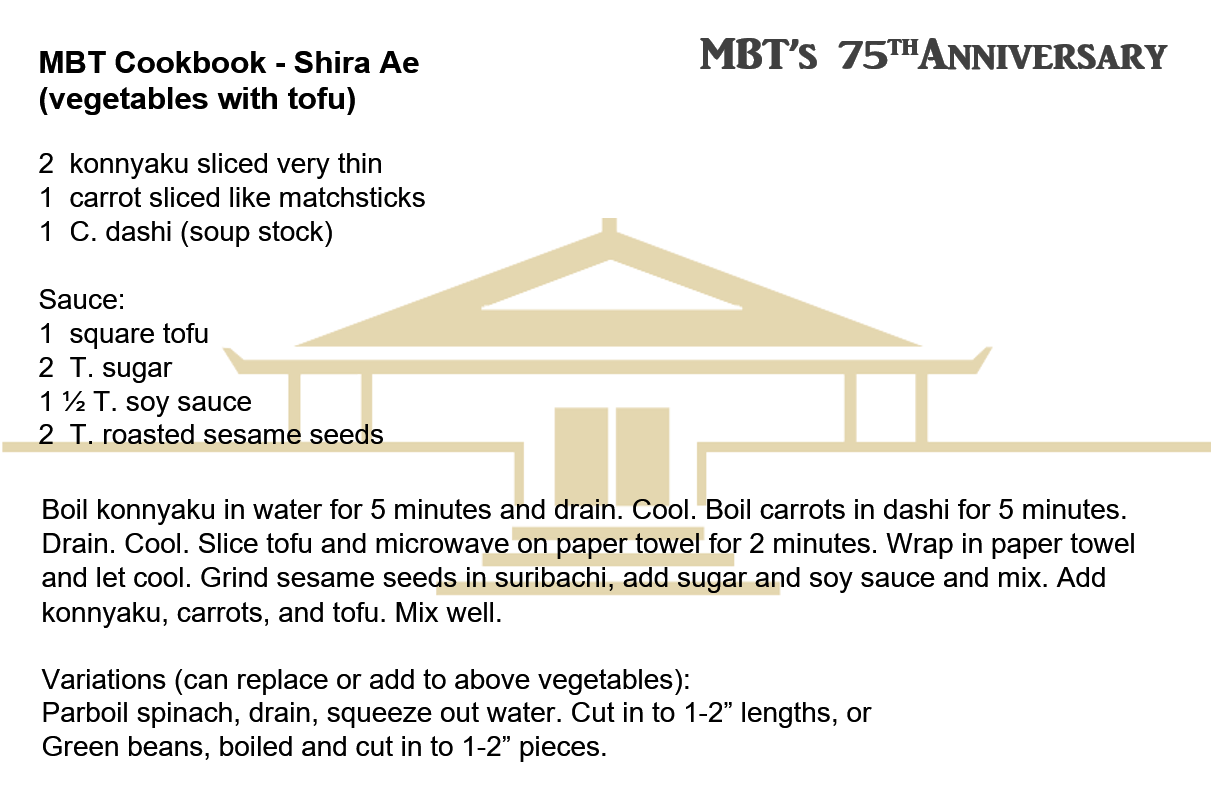
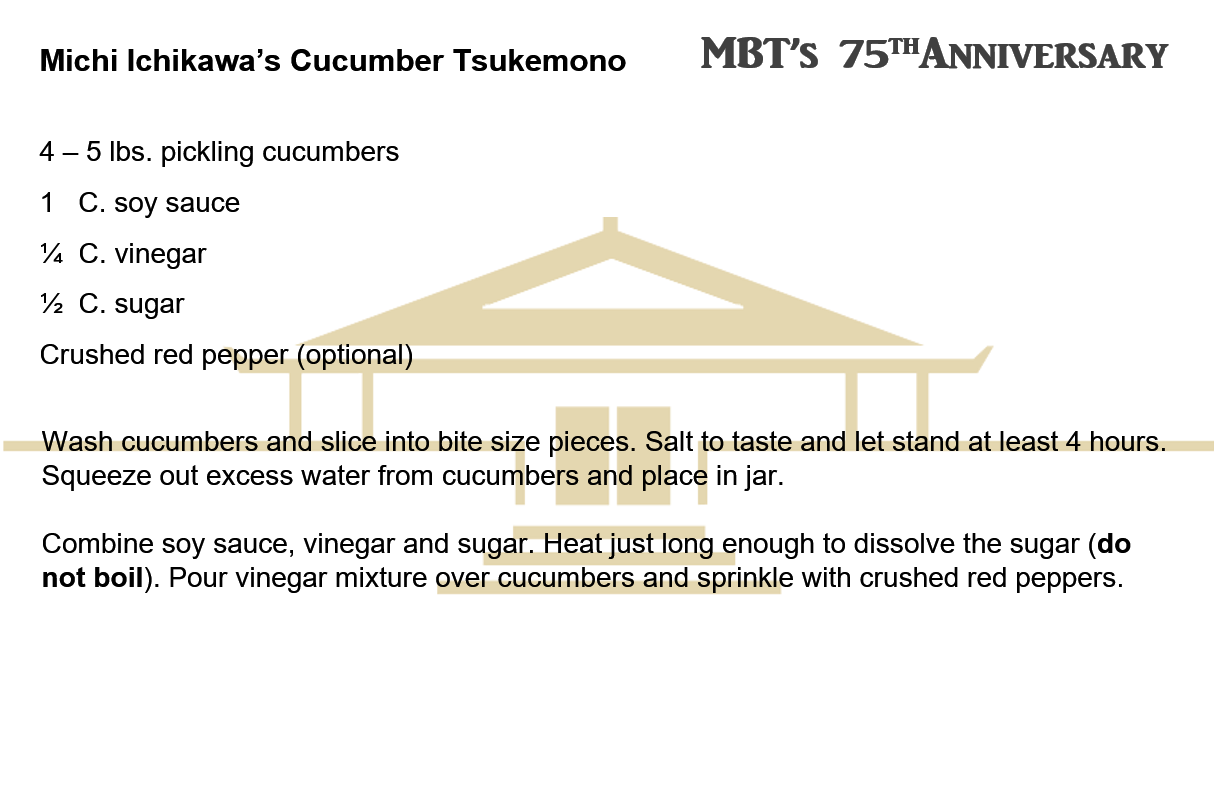
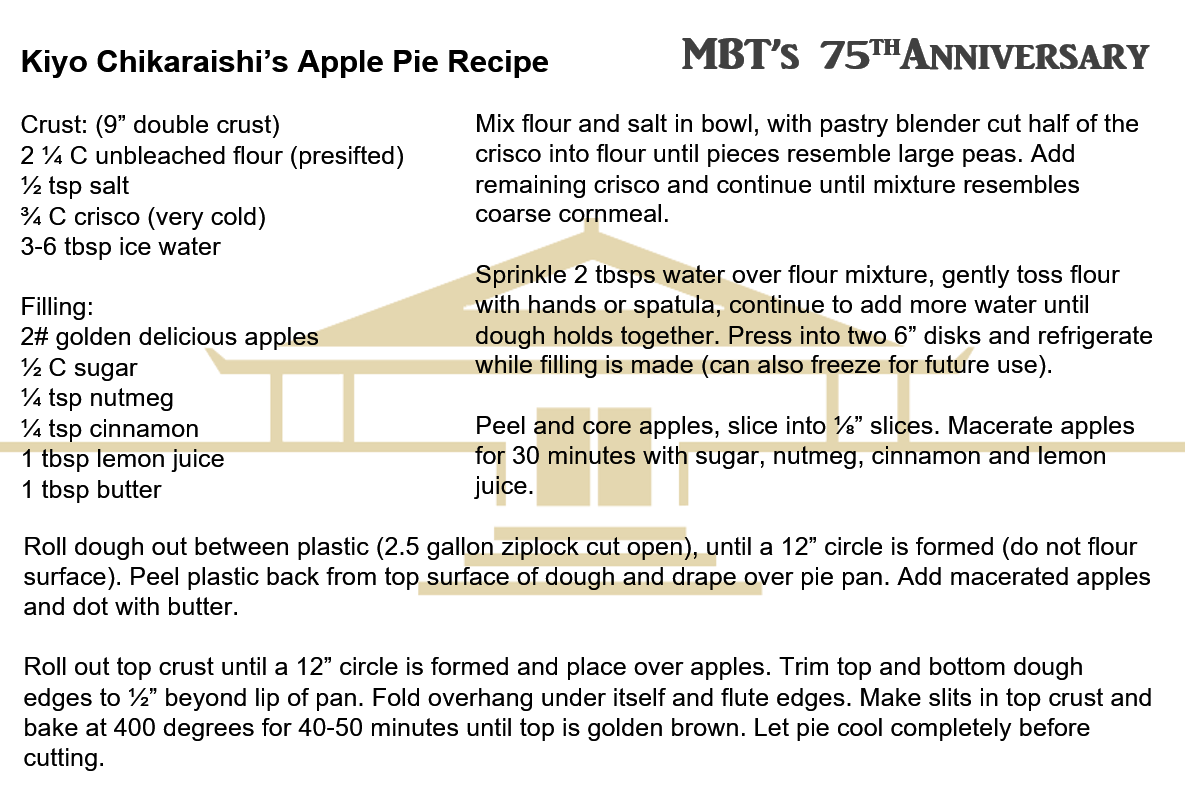
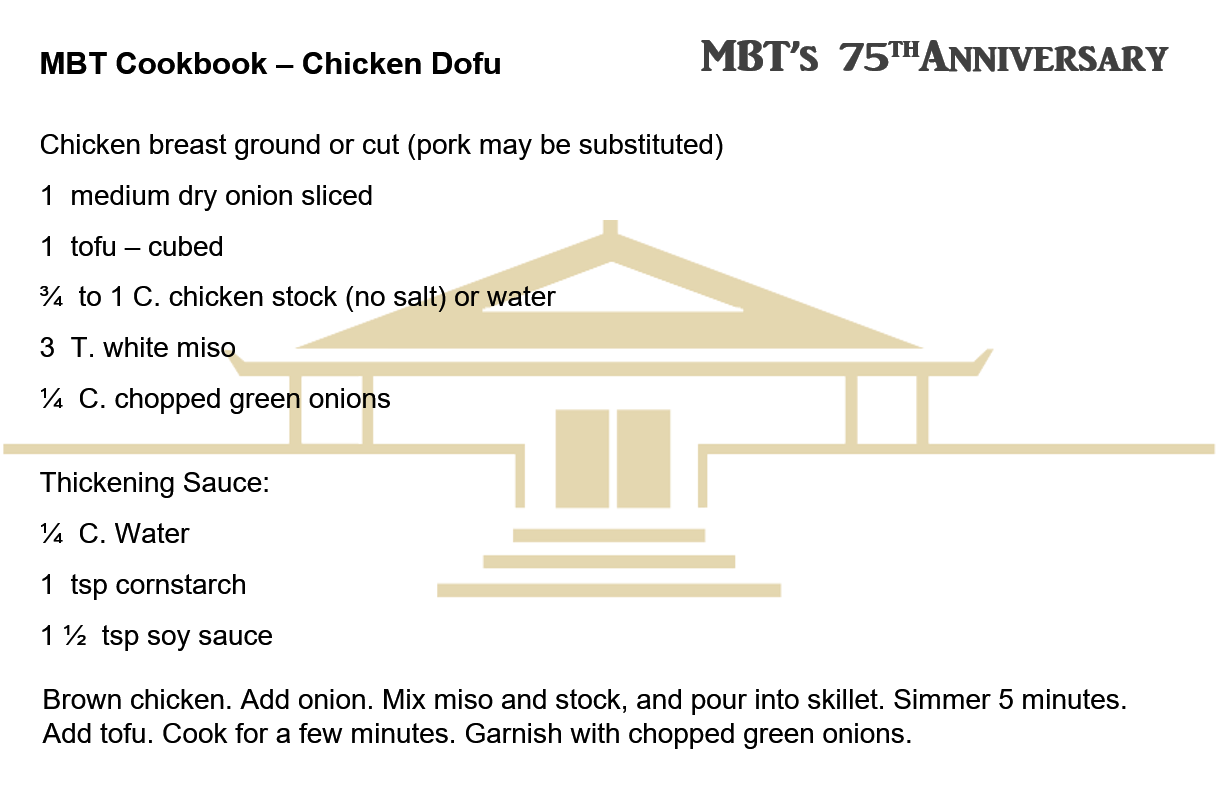
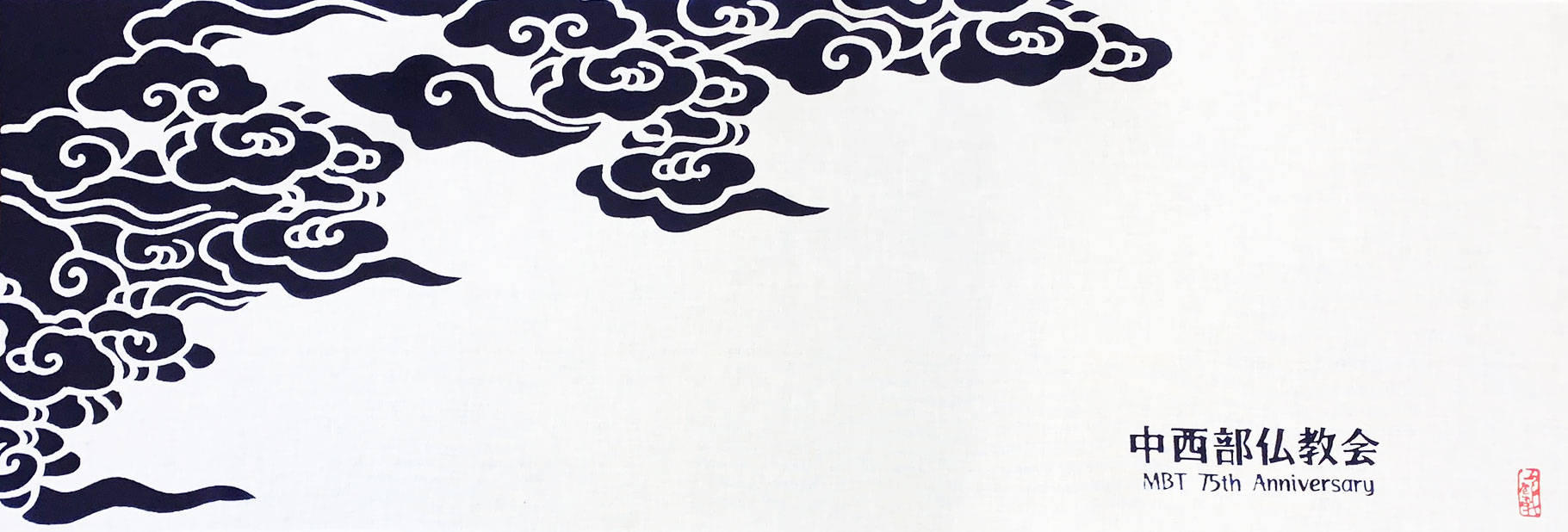
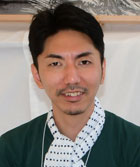
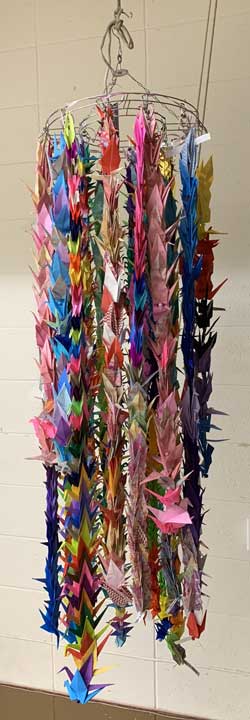
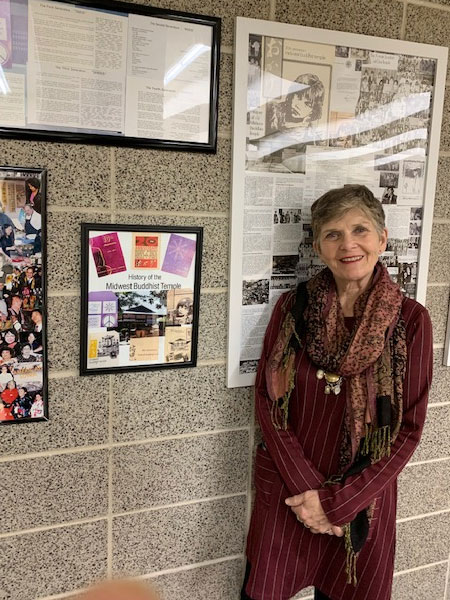
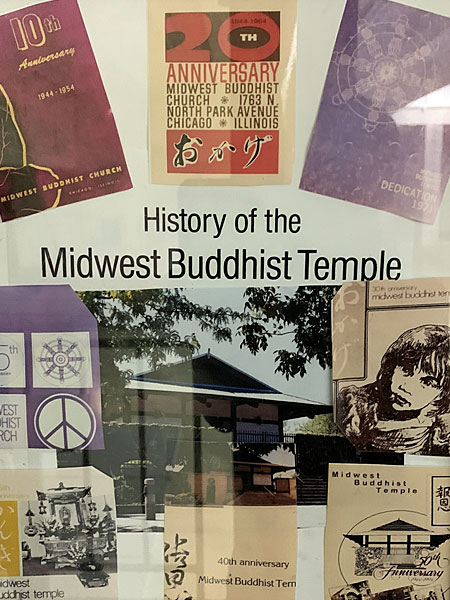
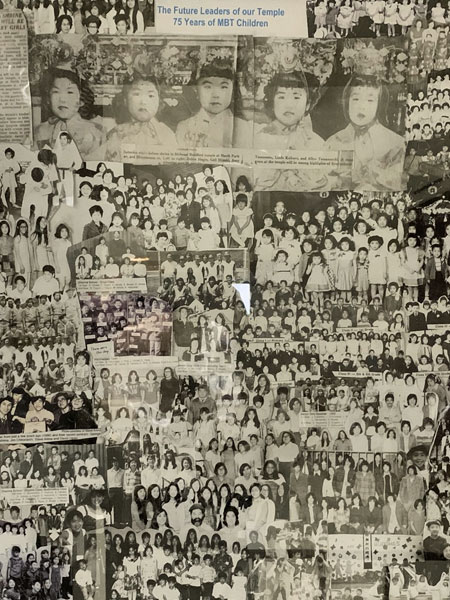
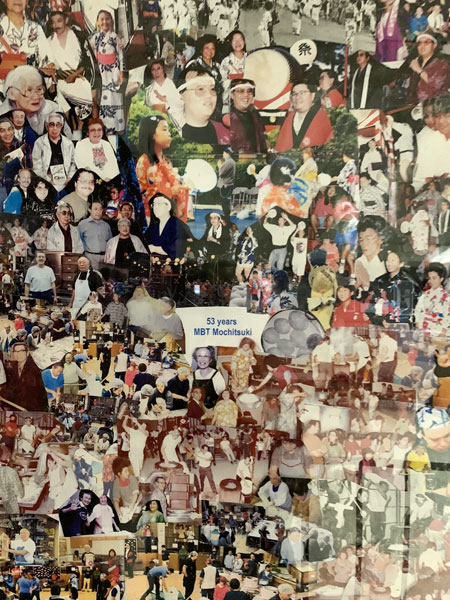
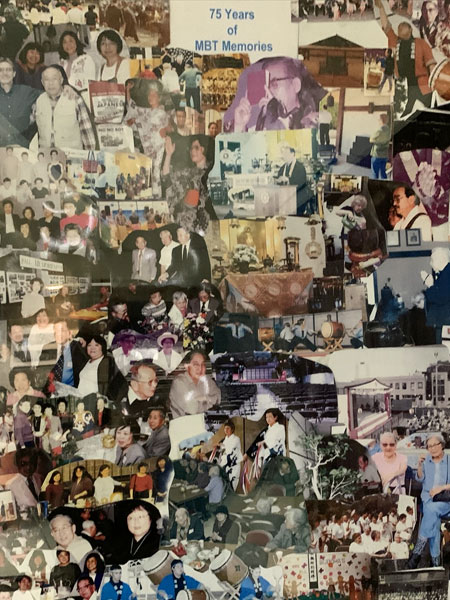
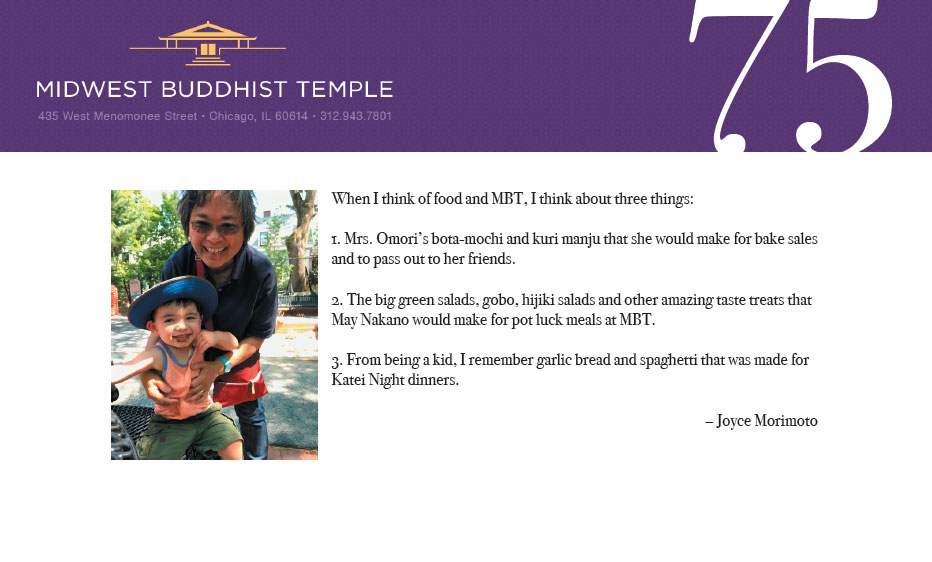
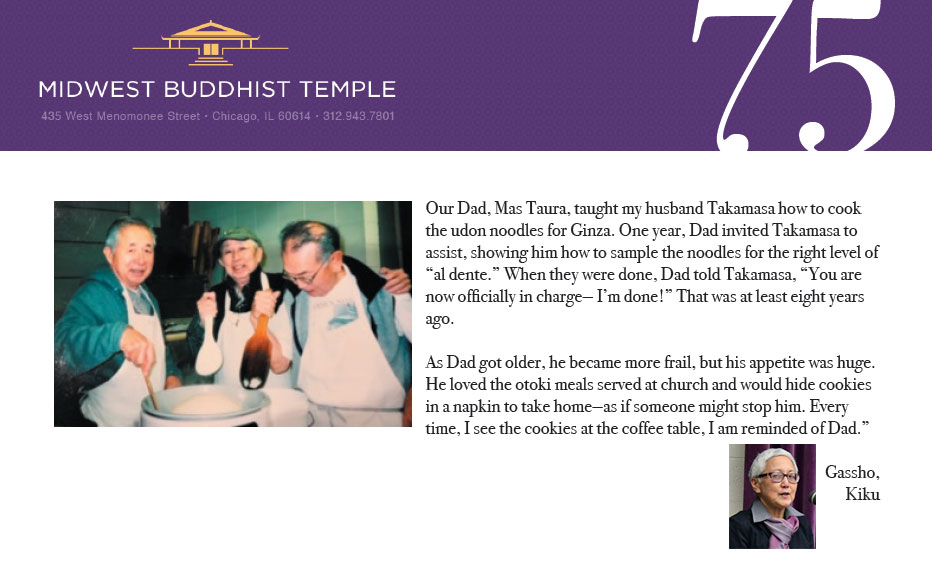
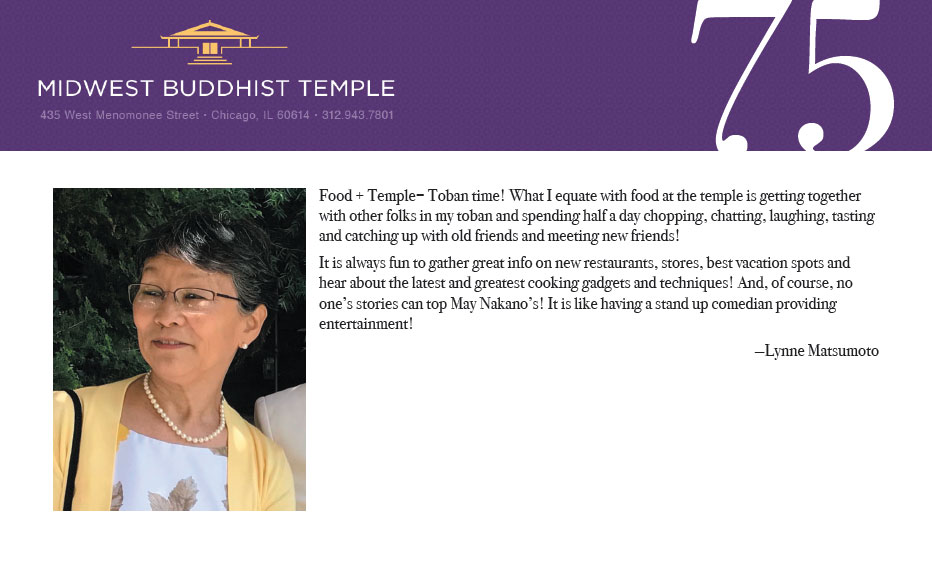
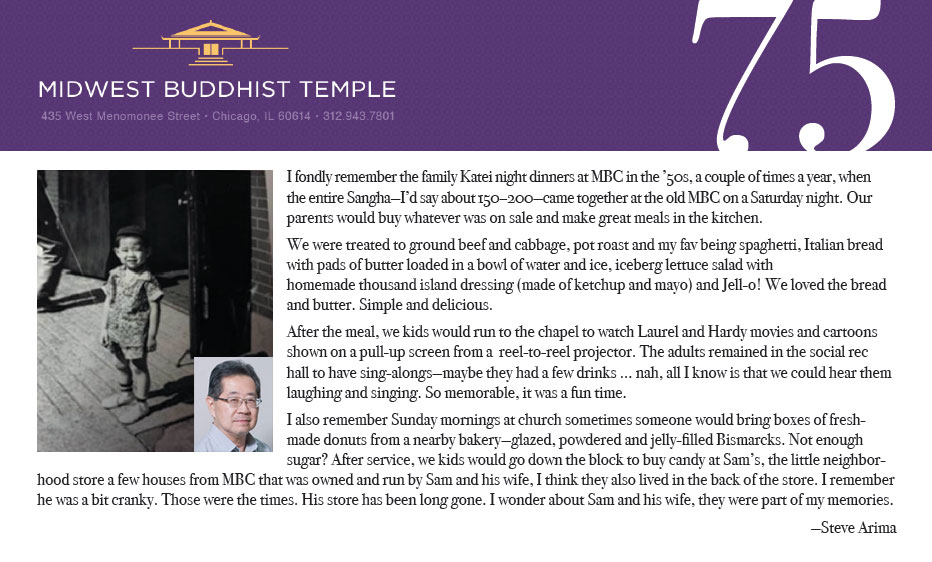
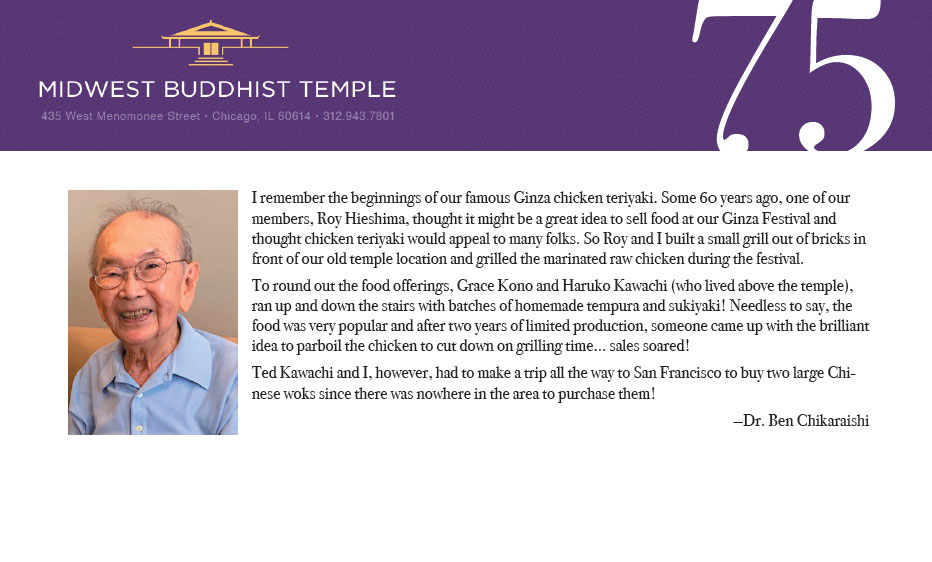
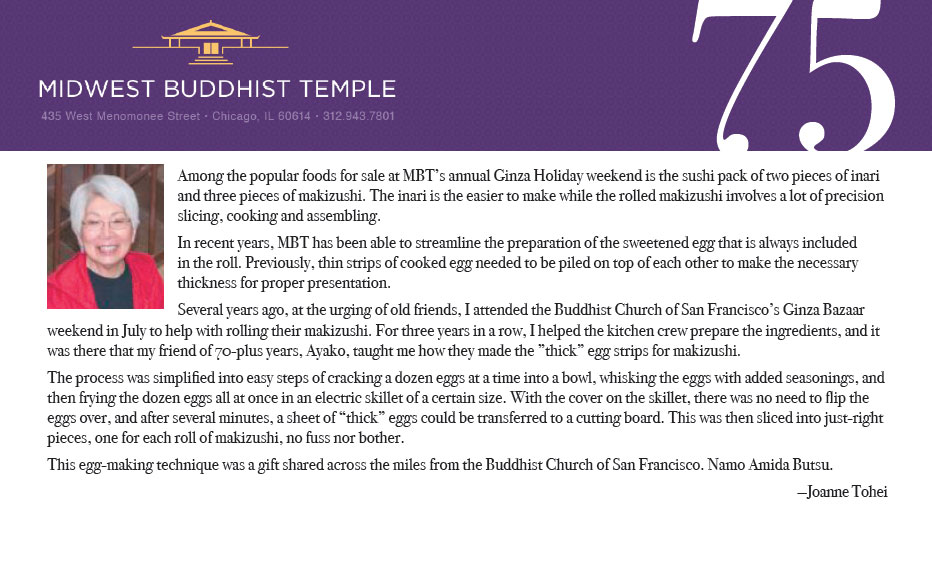
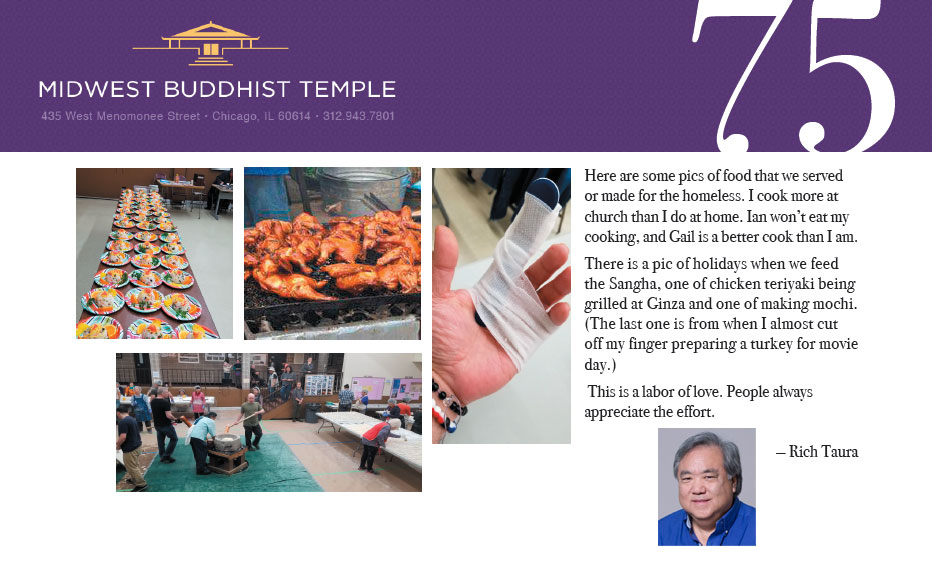
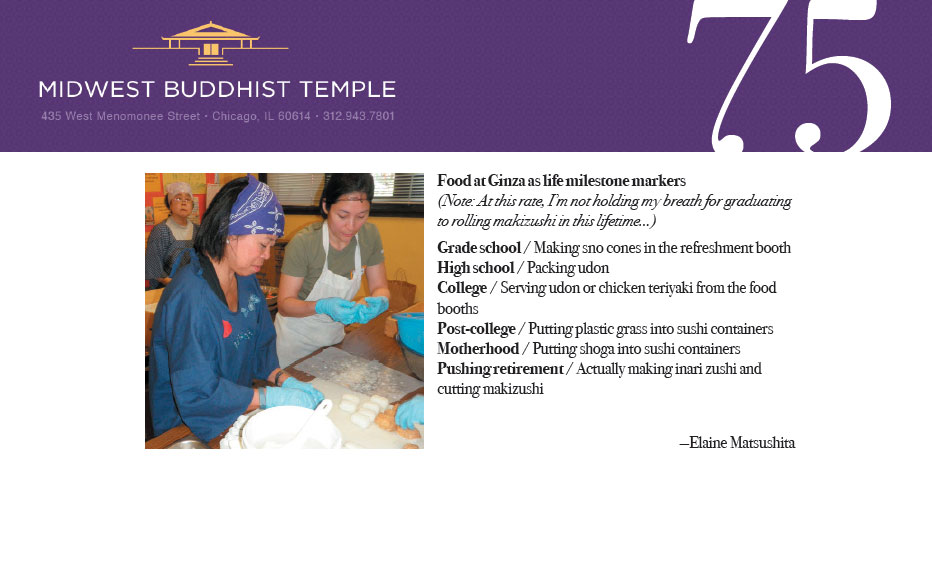
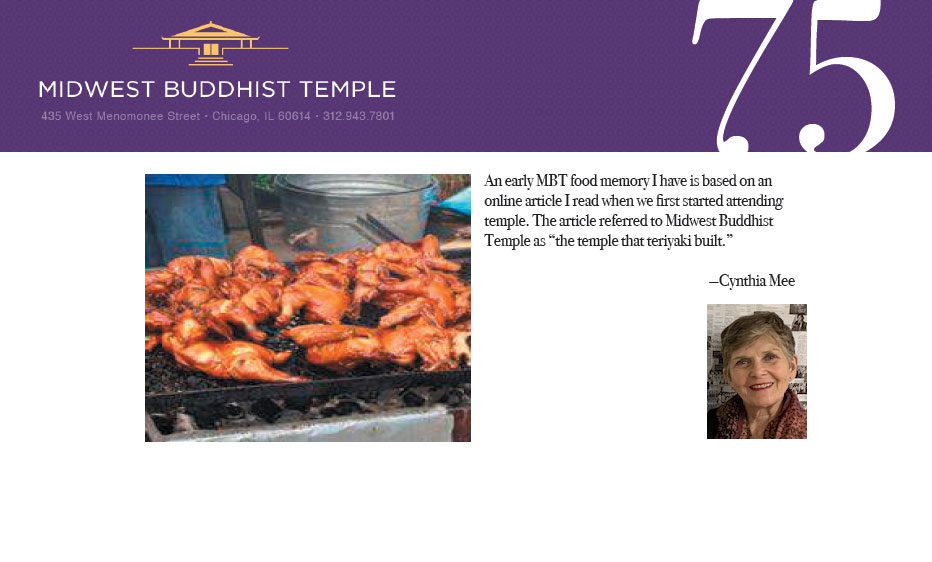
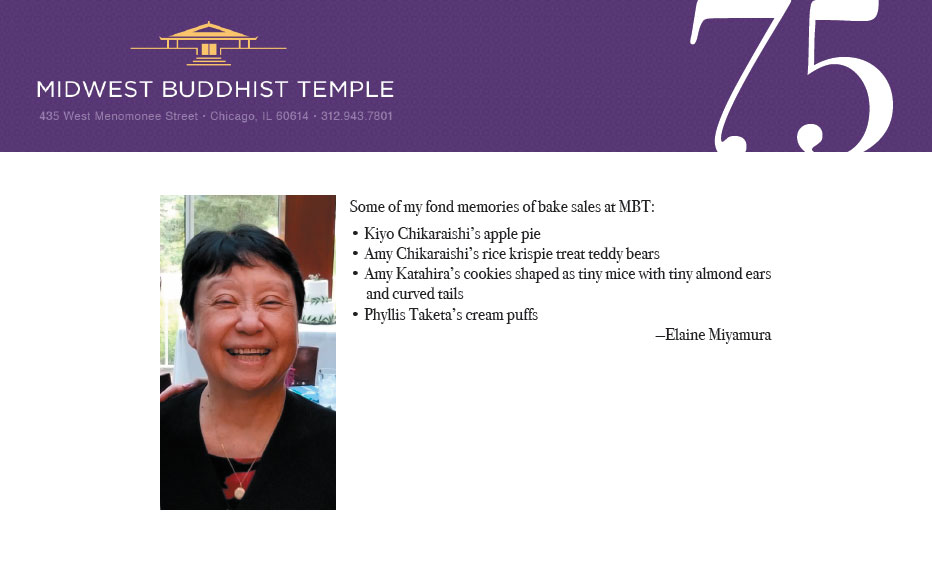
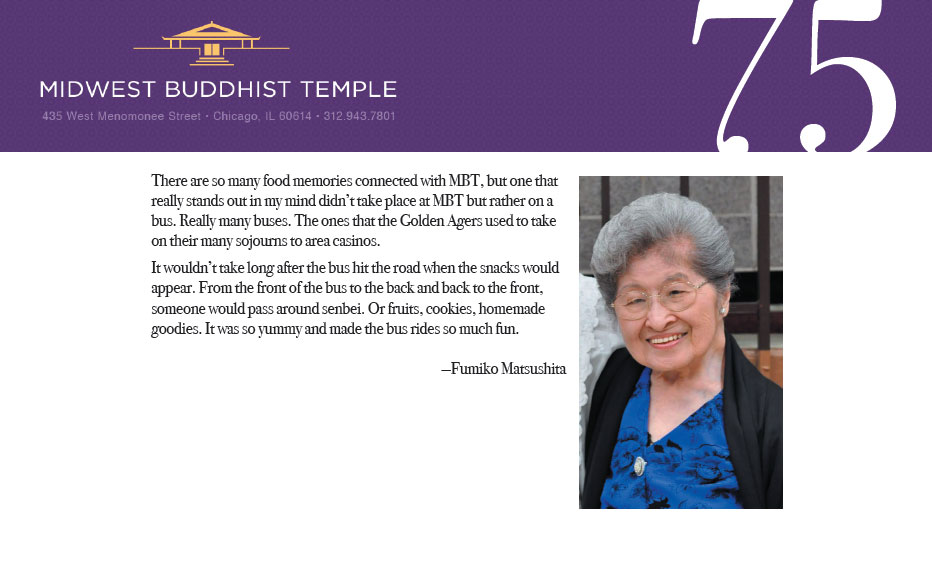


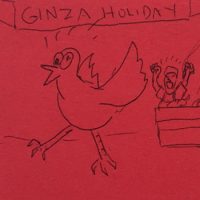
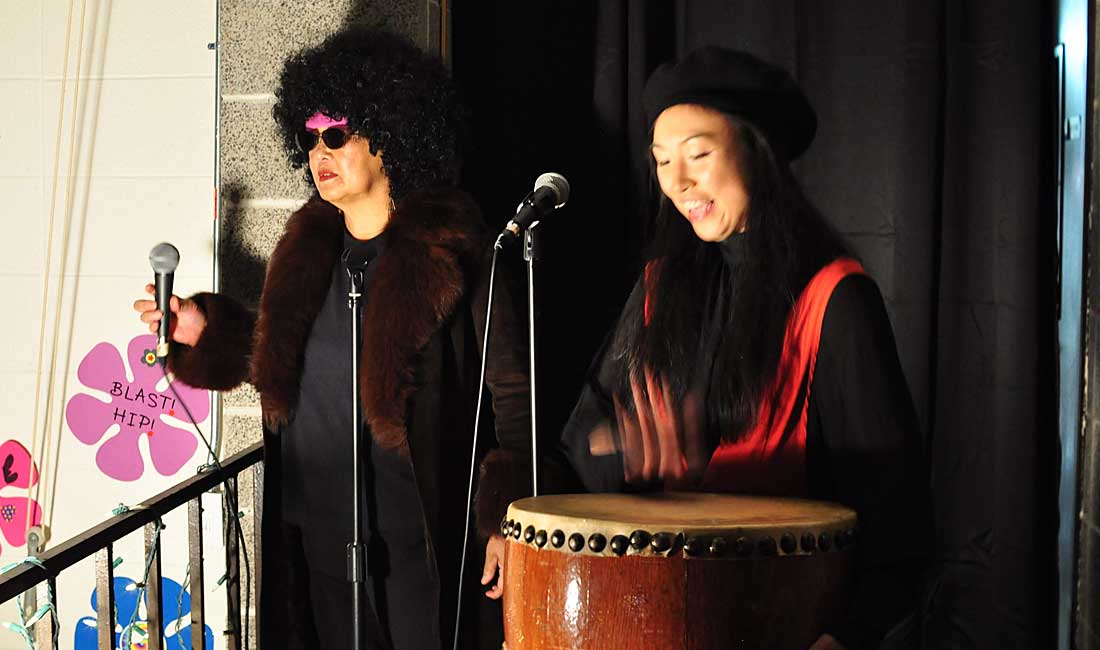

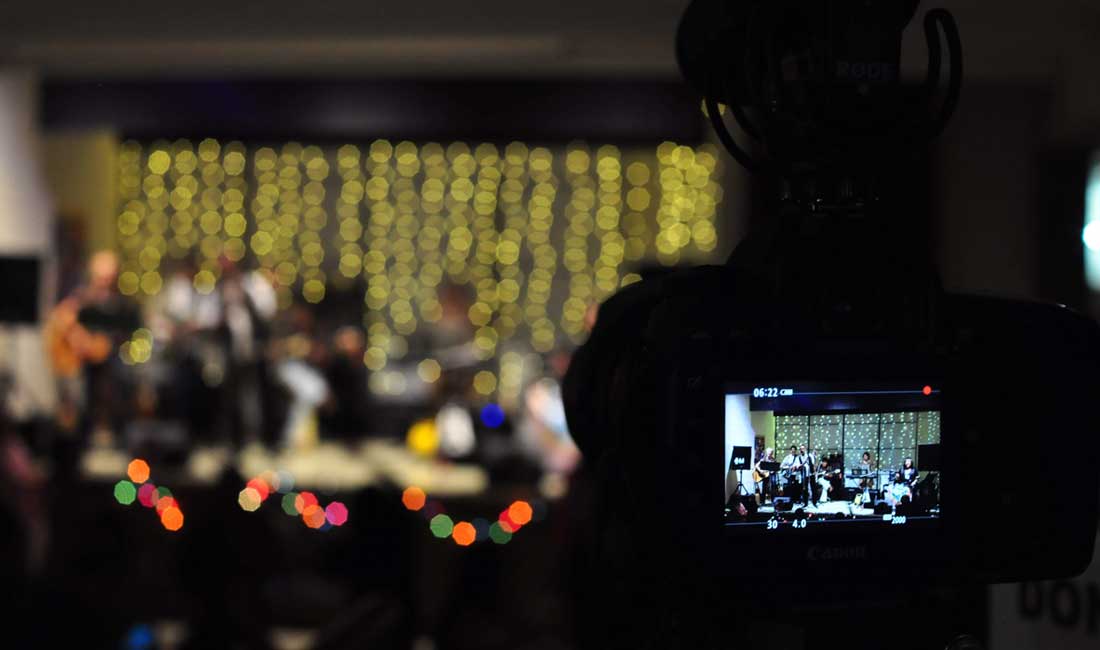
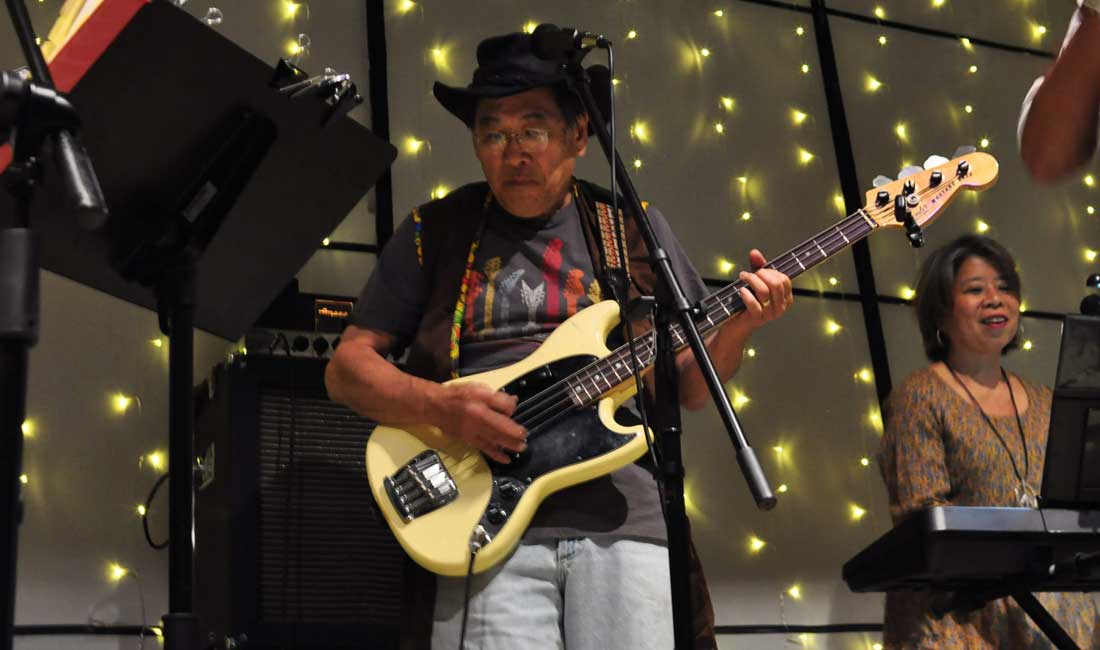
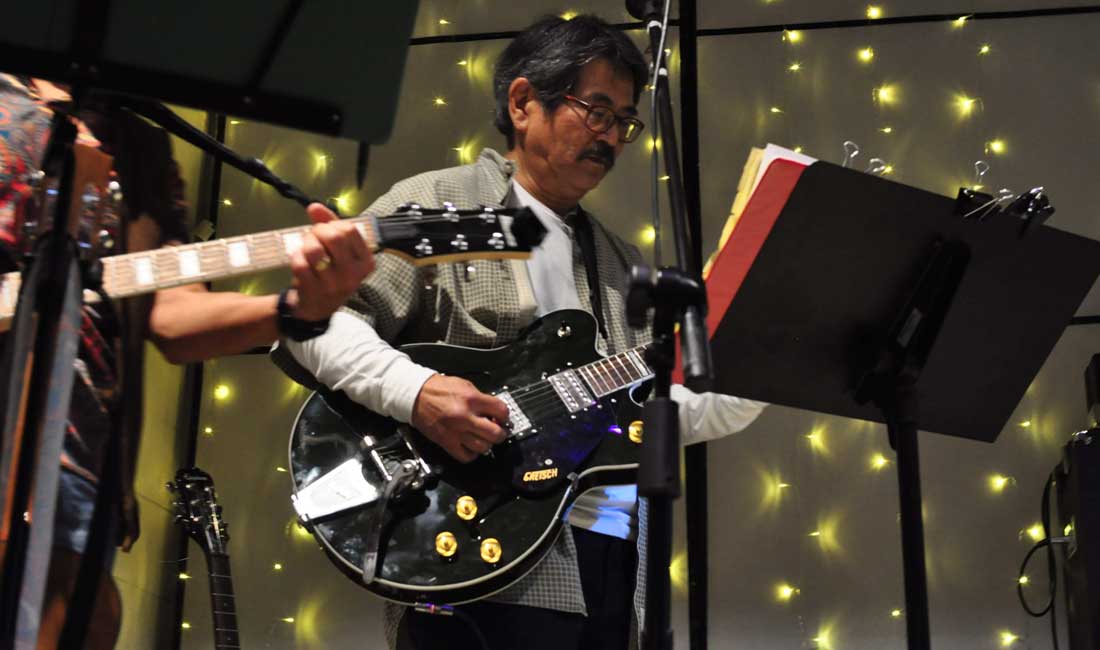
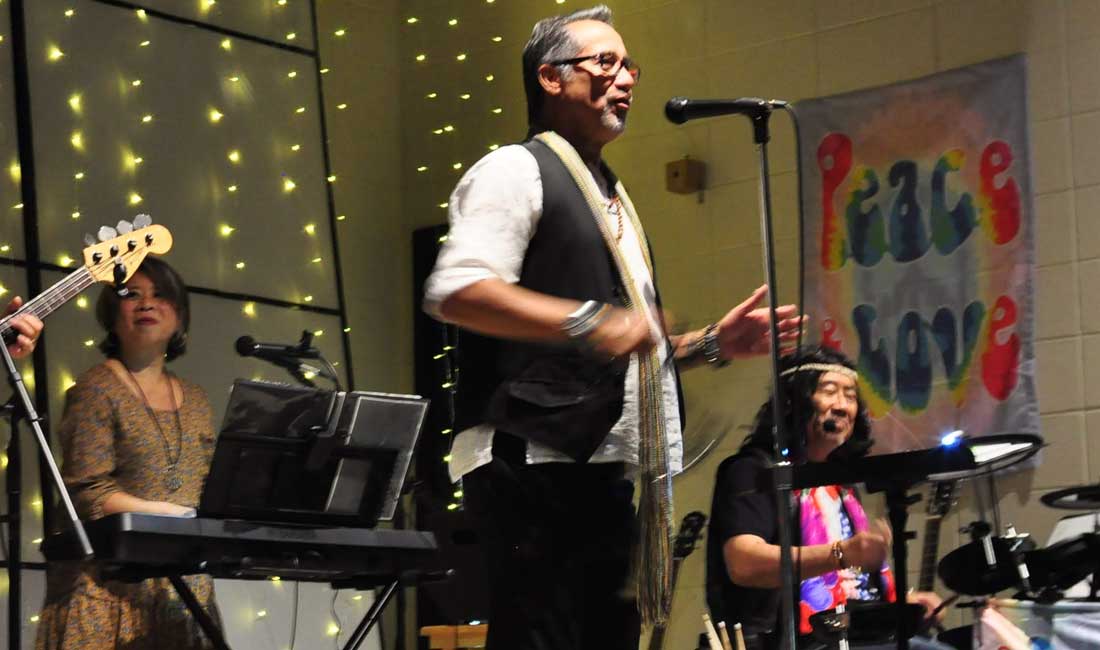
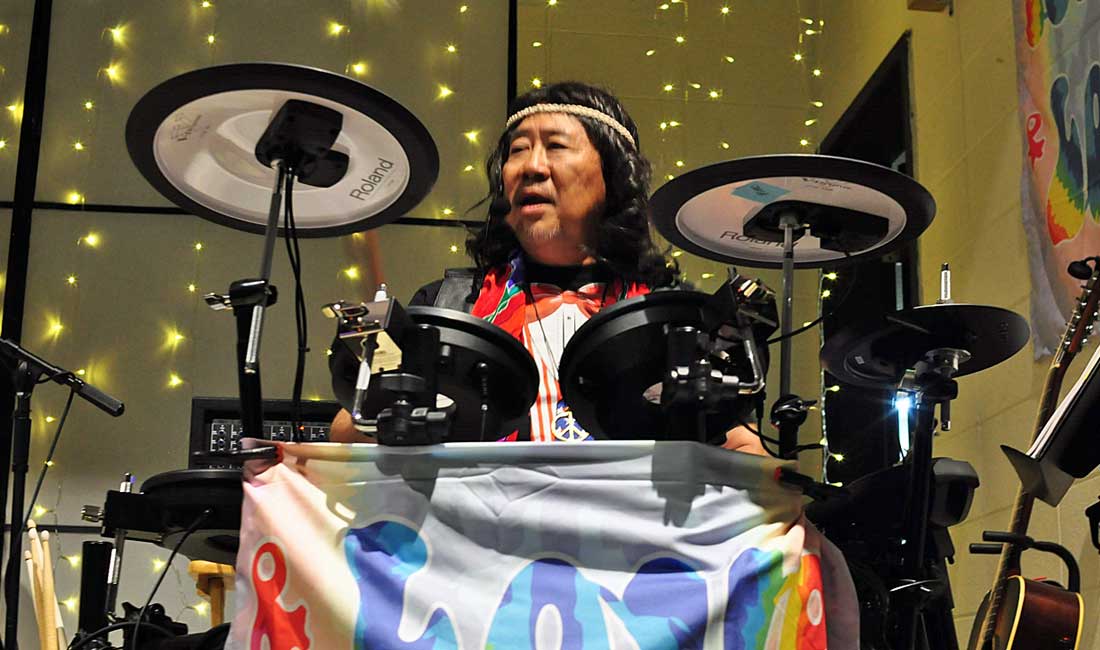
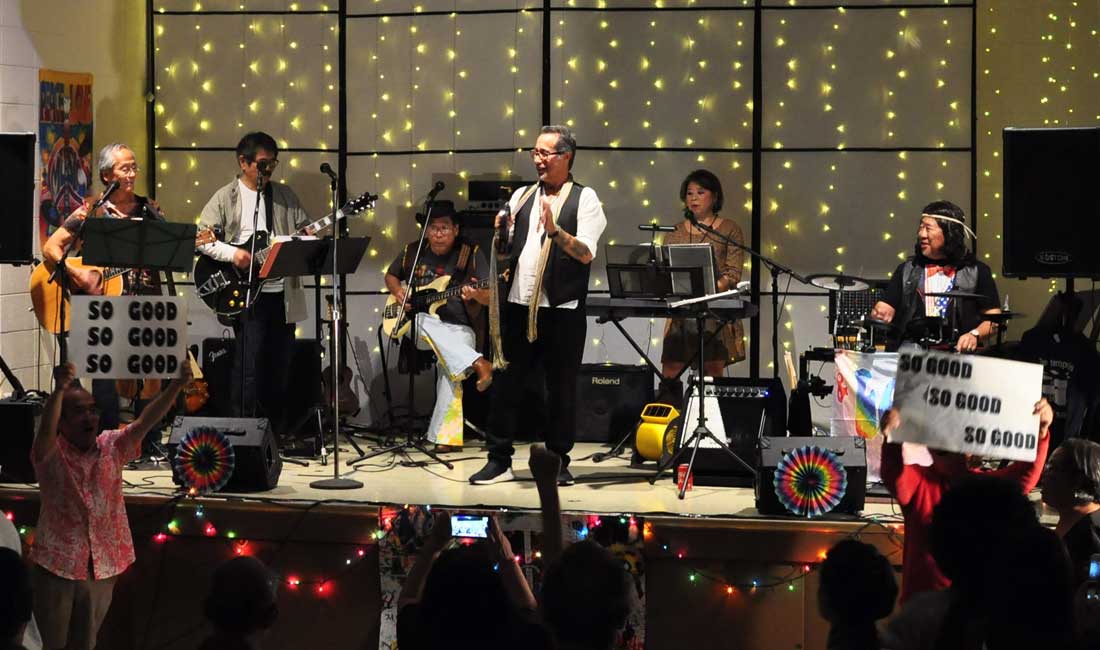

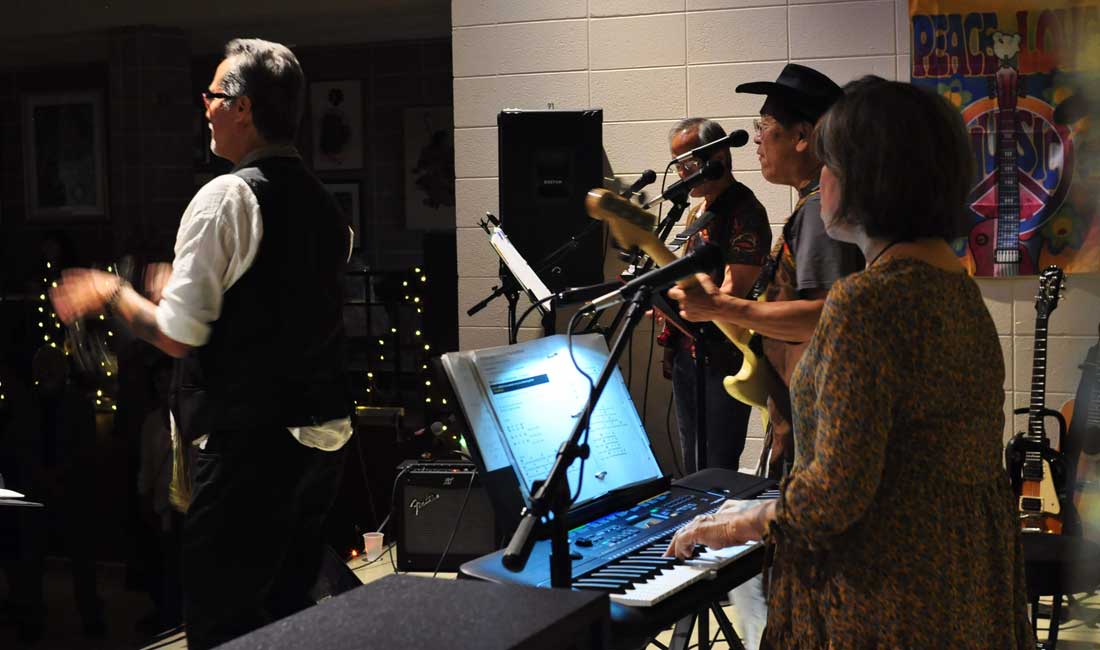
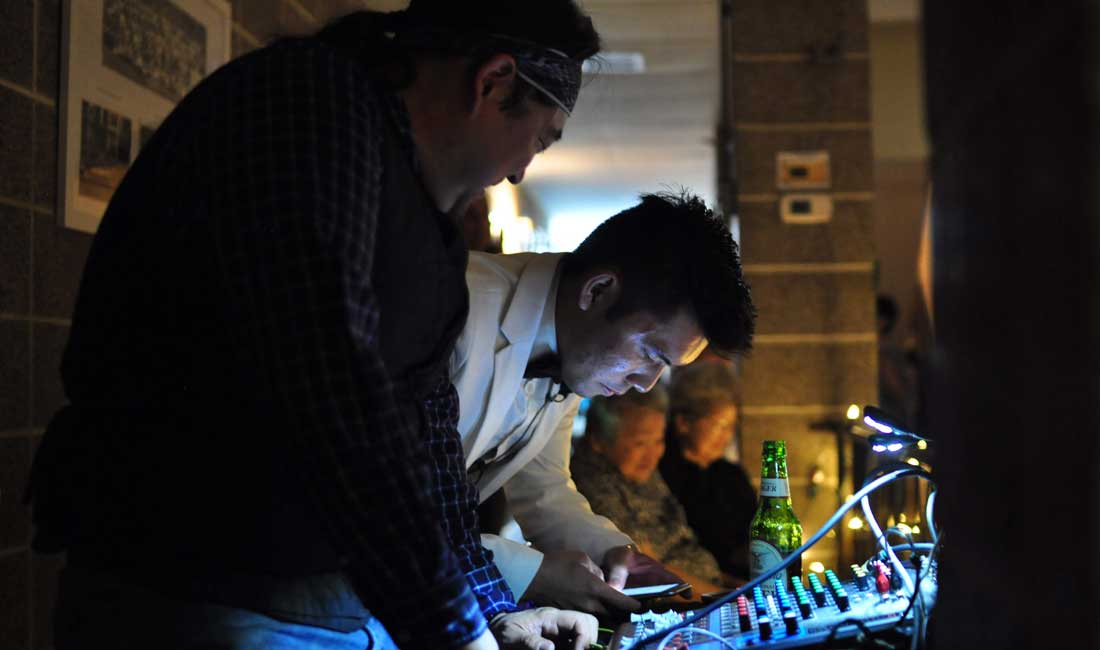
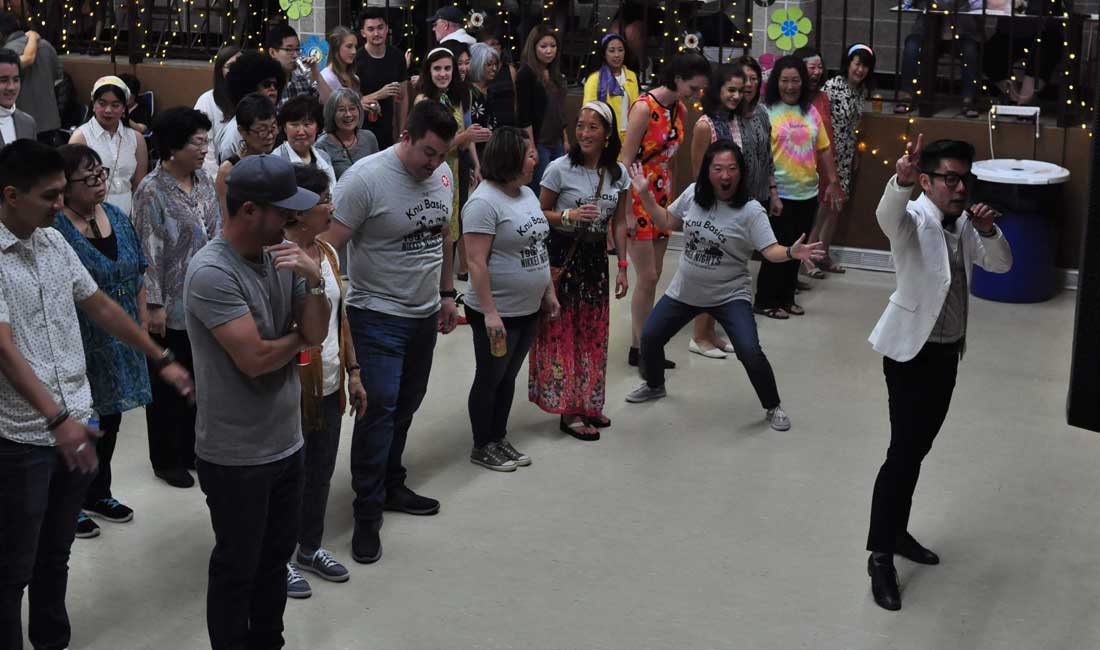
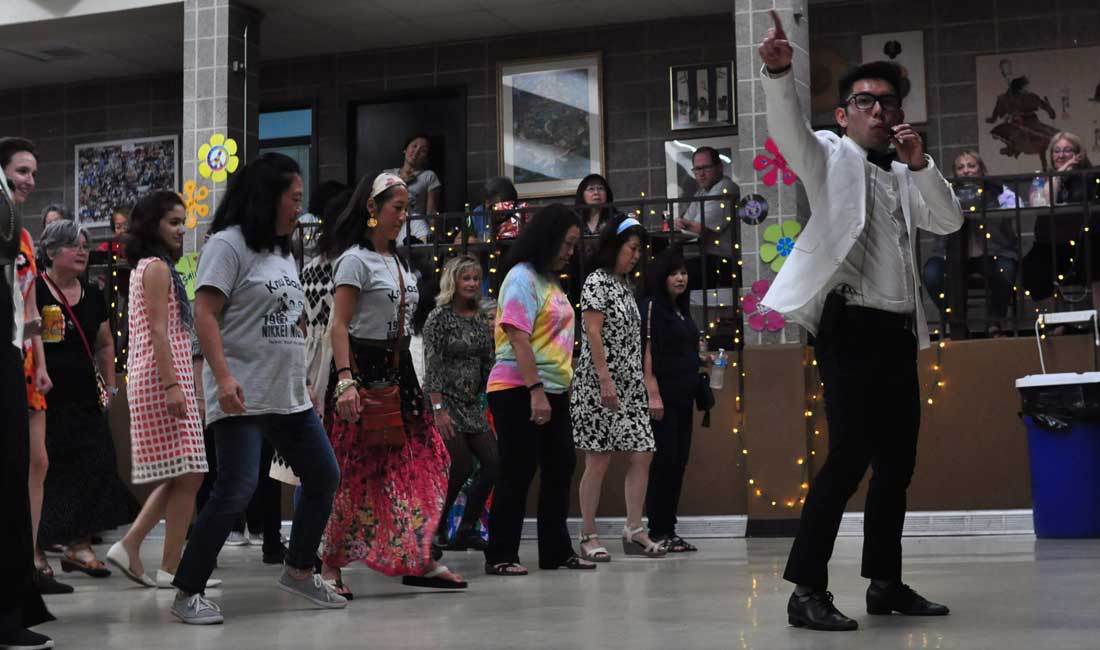
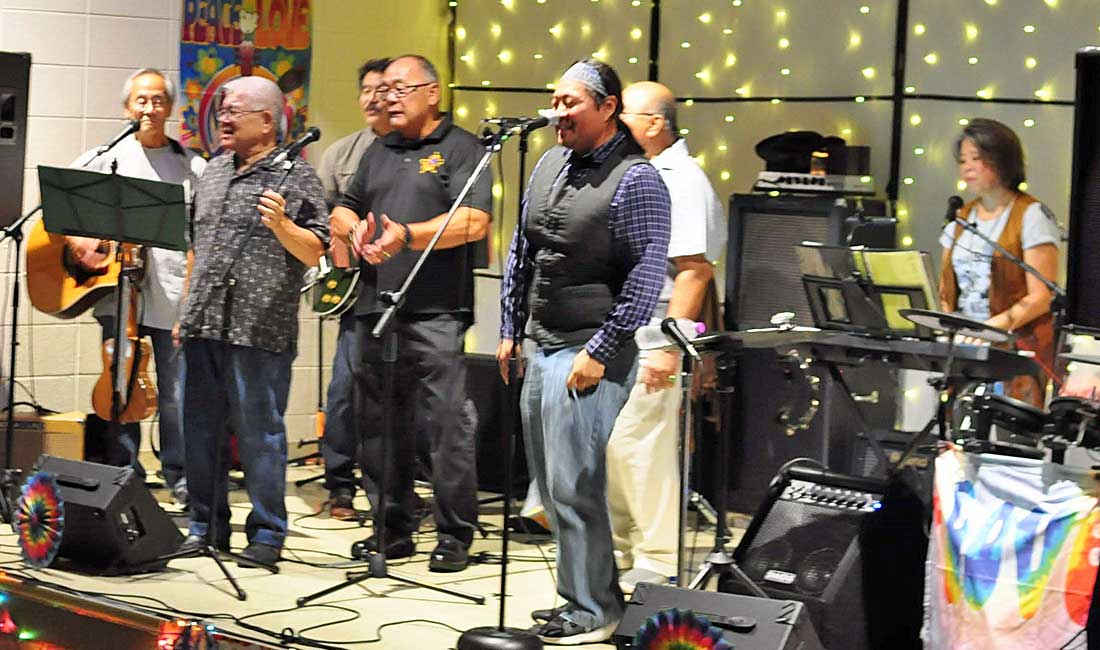
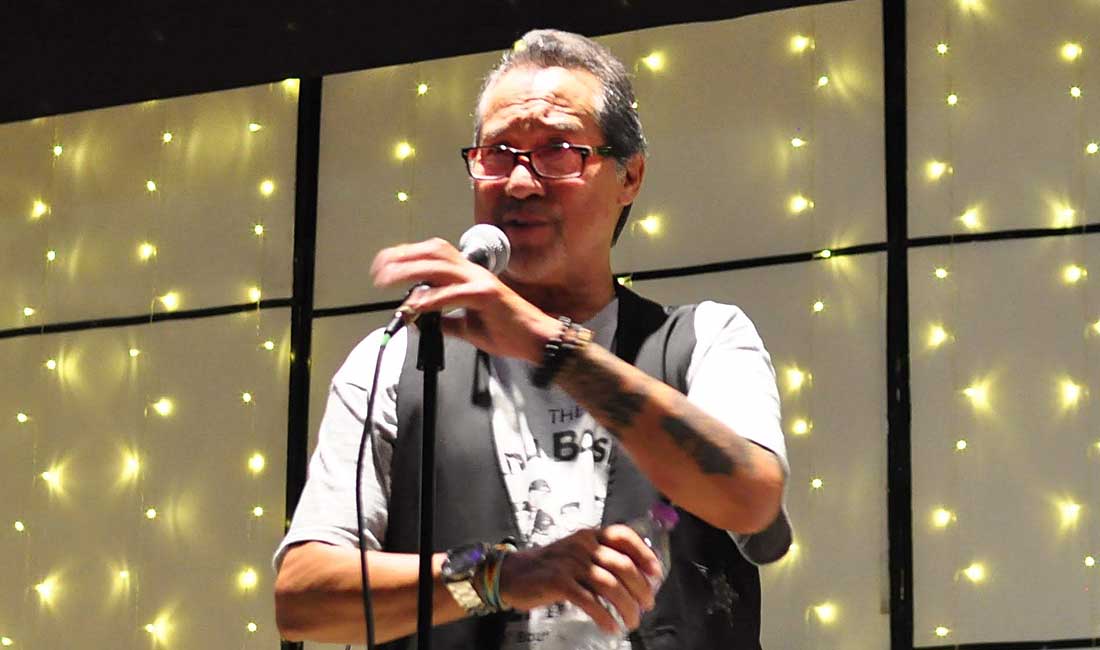
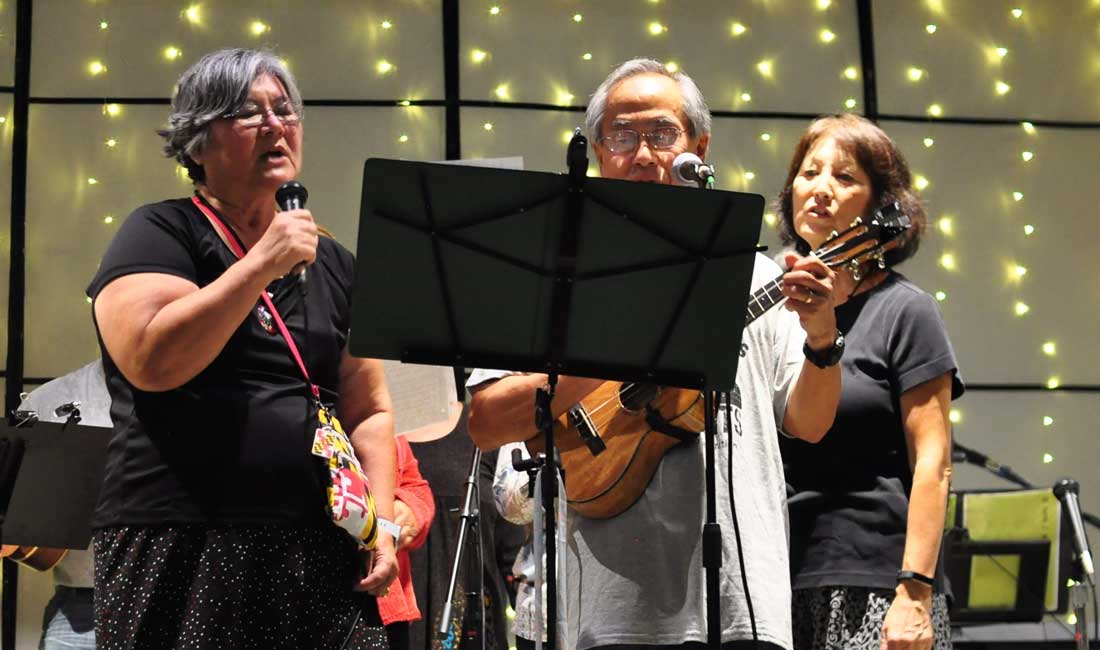
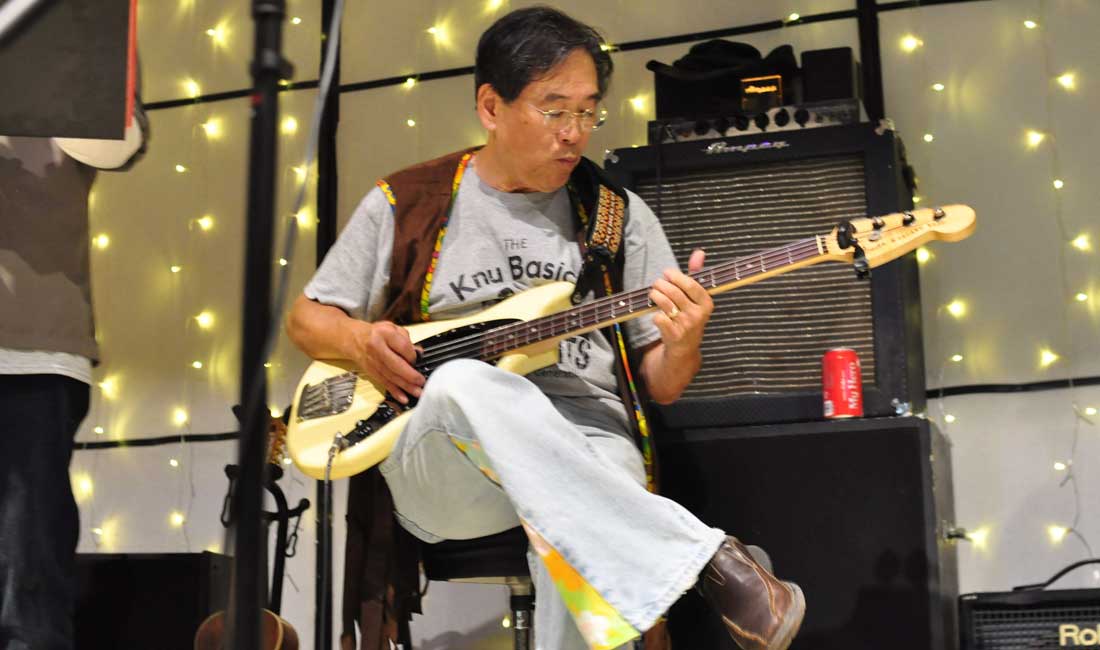
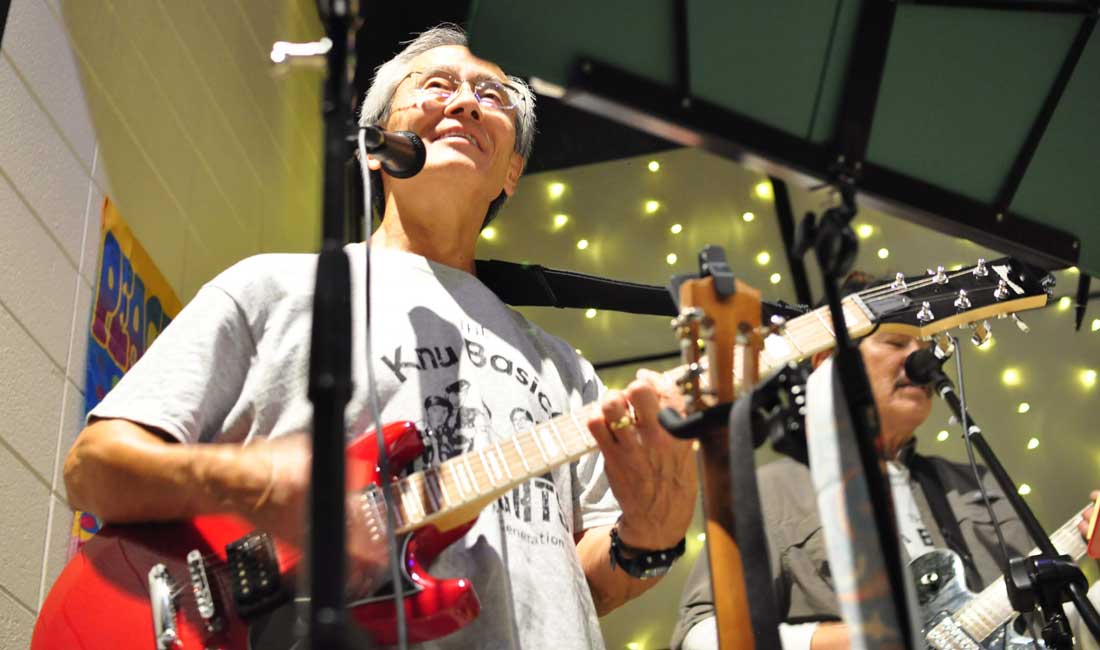
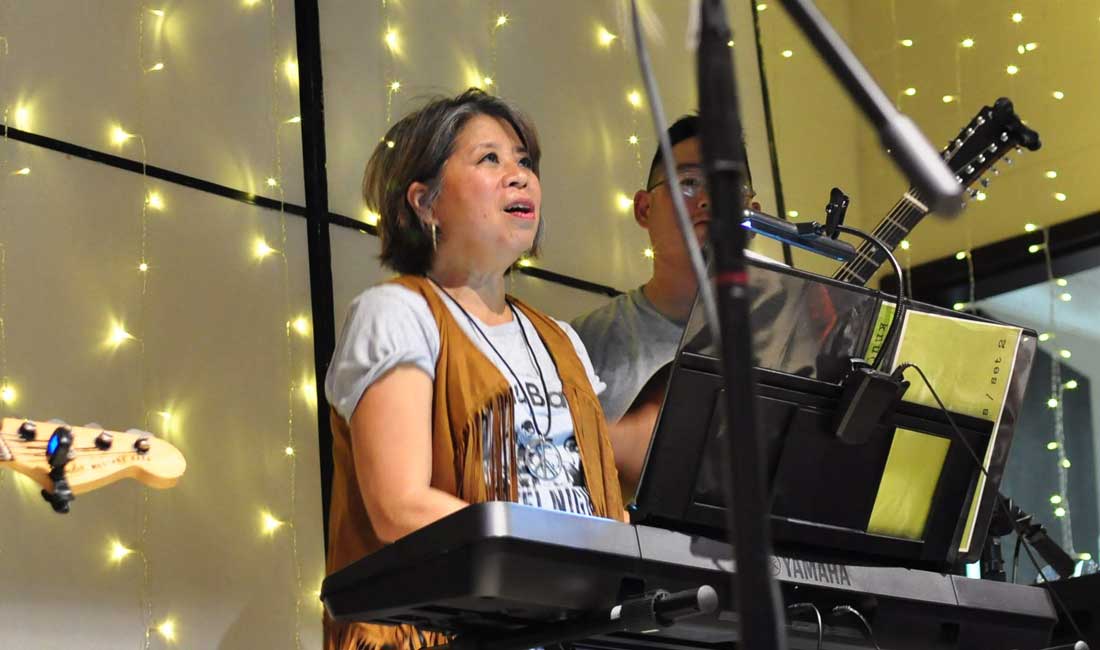
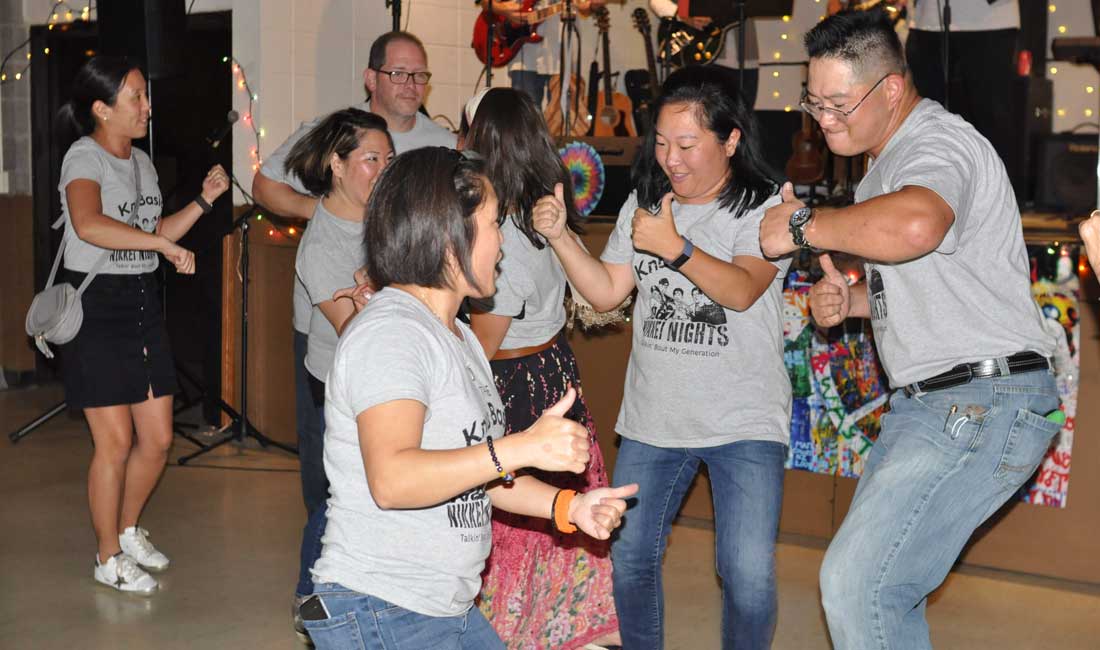
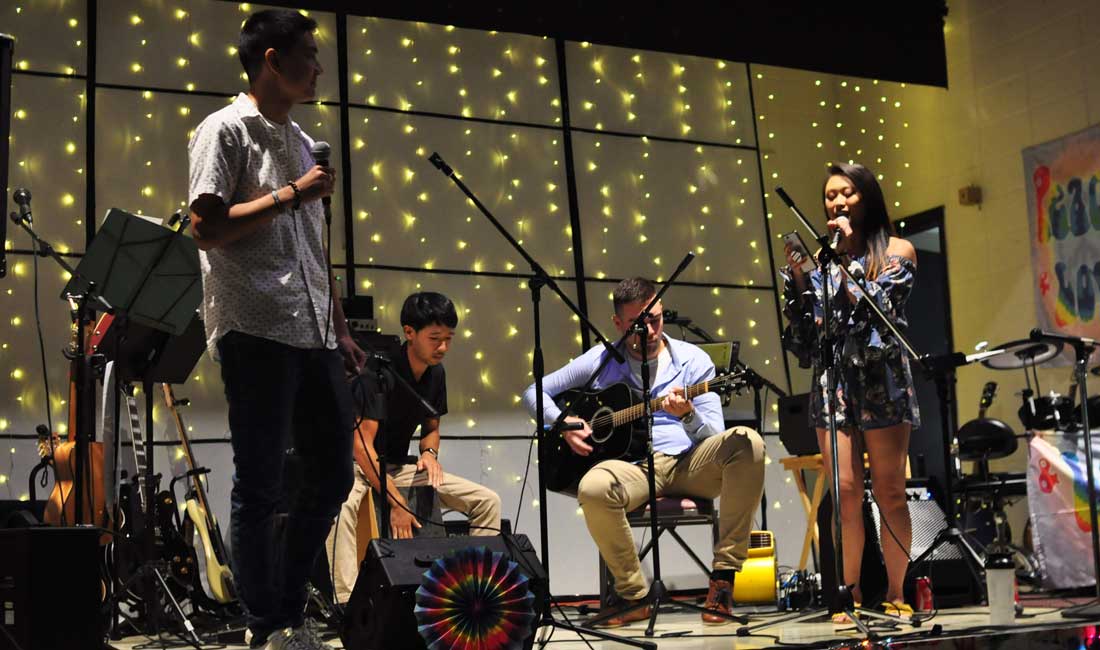
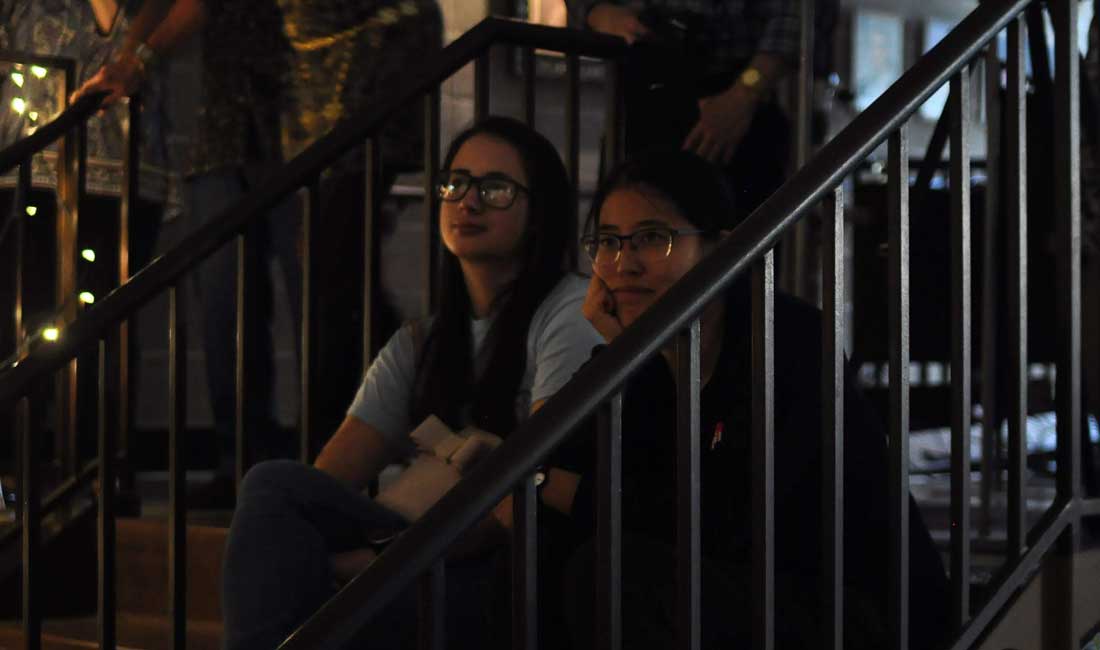
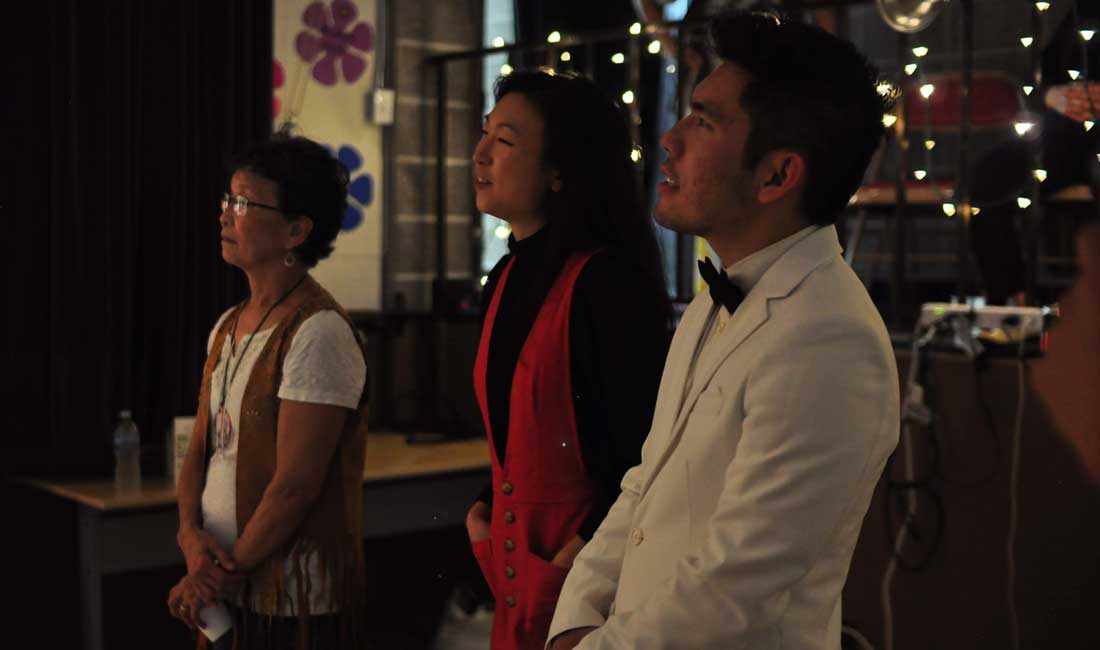
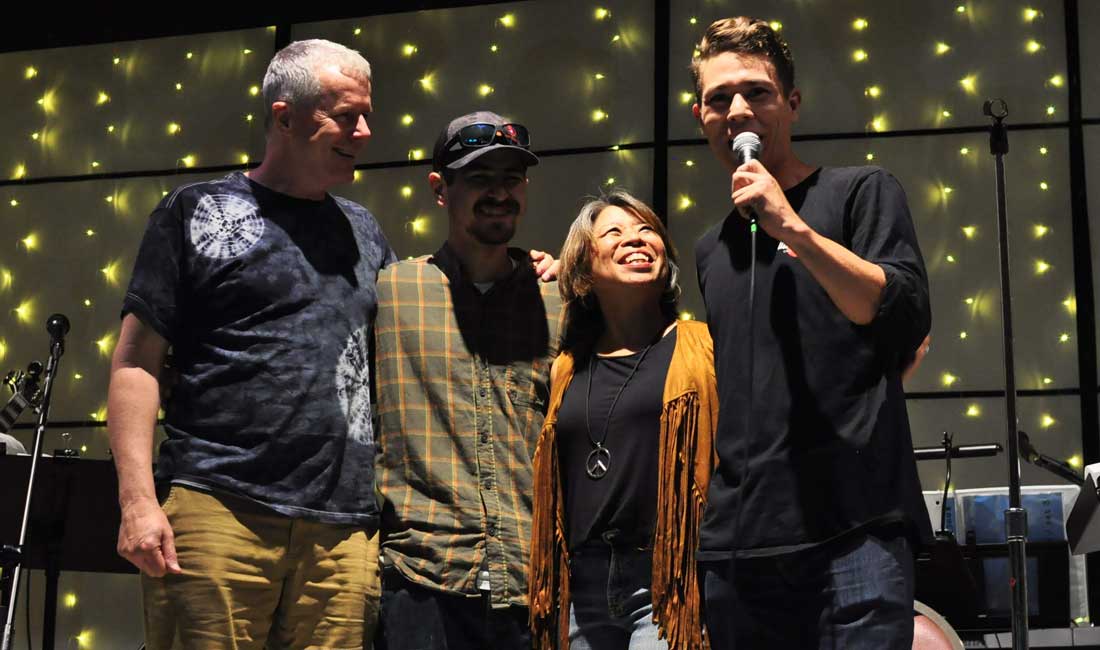
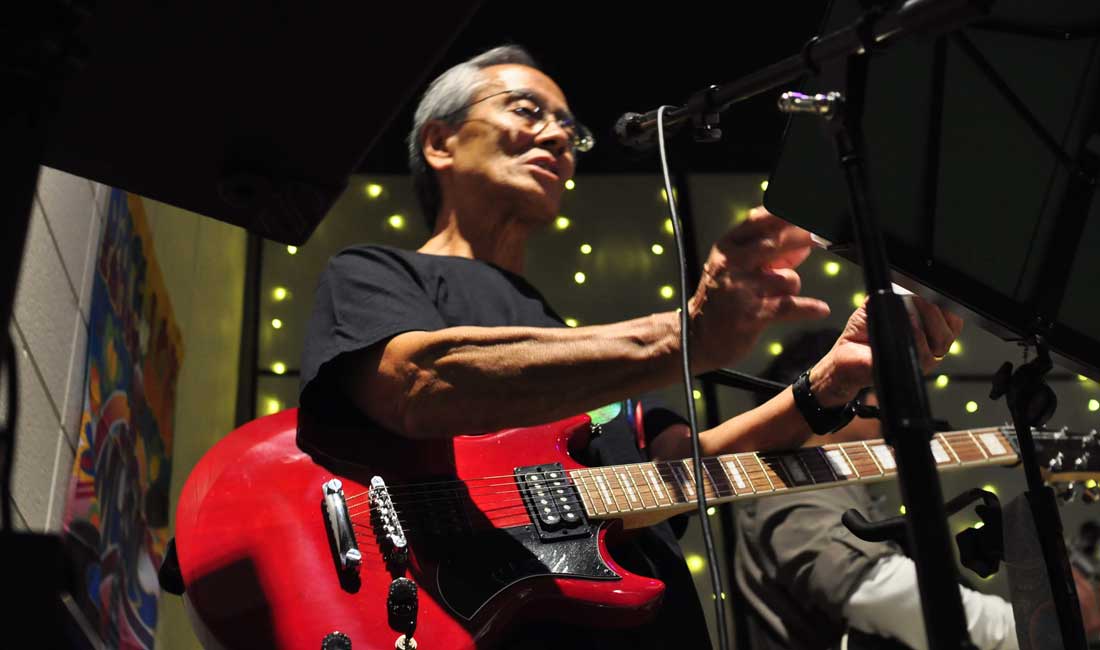
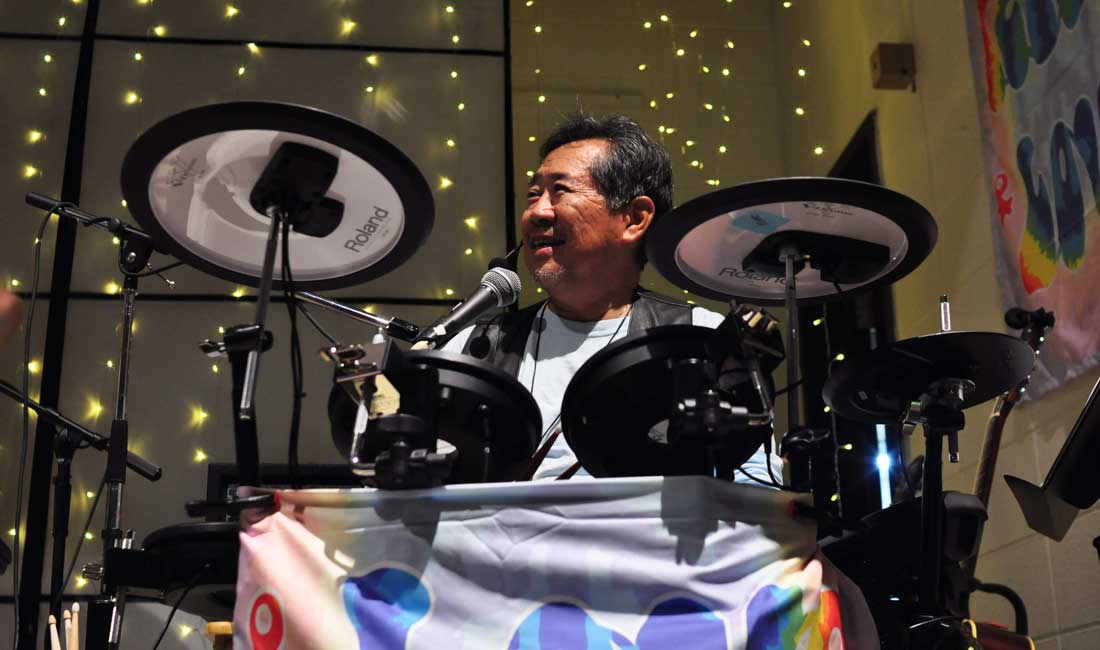



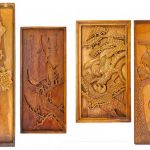



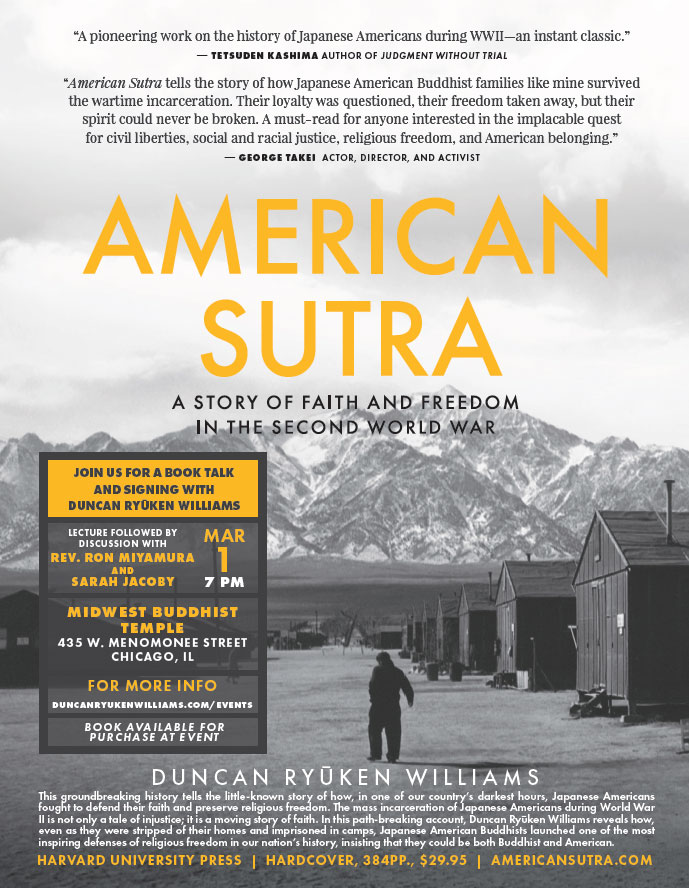
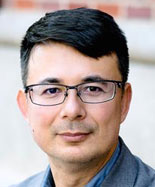 FRIDAY MARCH 1 USC professor Duncan Ryukan Williams, who is also a Soto Zen priest and author of the book “American Sutra: A Story of Faith and Freedom in the Second World War” gave a presentation and talk about “American Sutra.” The book, released by the Harvard Press on Feb. 19, reflects on how Japanese American Buddhists dealt with dislocation, loss and uncertainty during their wartime incarceration.
FRIDAY MARCH 1 USC professor Duncan Ryukan Williams, who is also a Soto Zen priest and author of the book “American Sutra: A Story of Faith and Freedom in the Second World War” gave a presentation and talk about “American Sutra.” The book, released by the Harvard Press on Feb. 19, reflects on how Japanese American Buddhists dealt with dislocation, loss and uncertainty during their wartime incarceration.